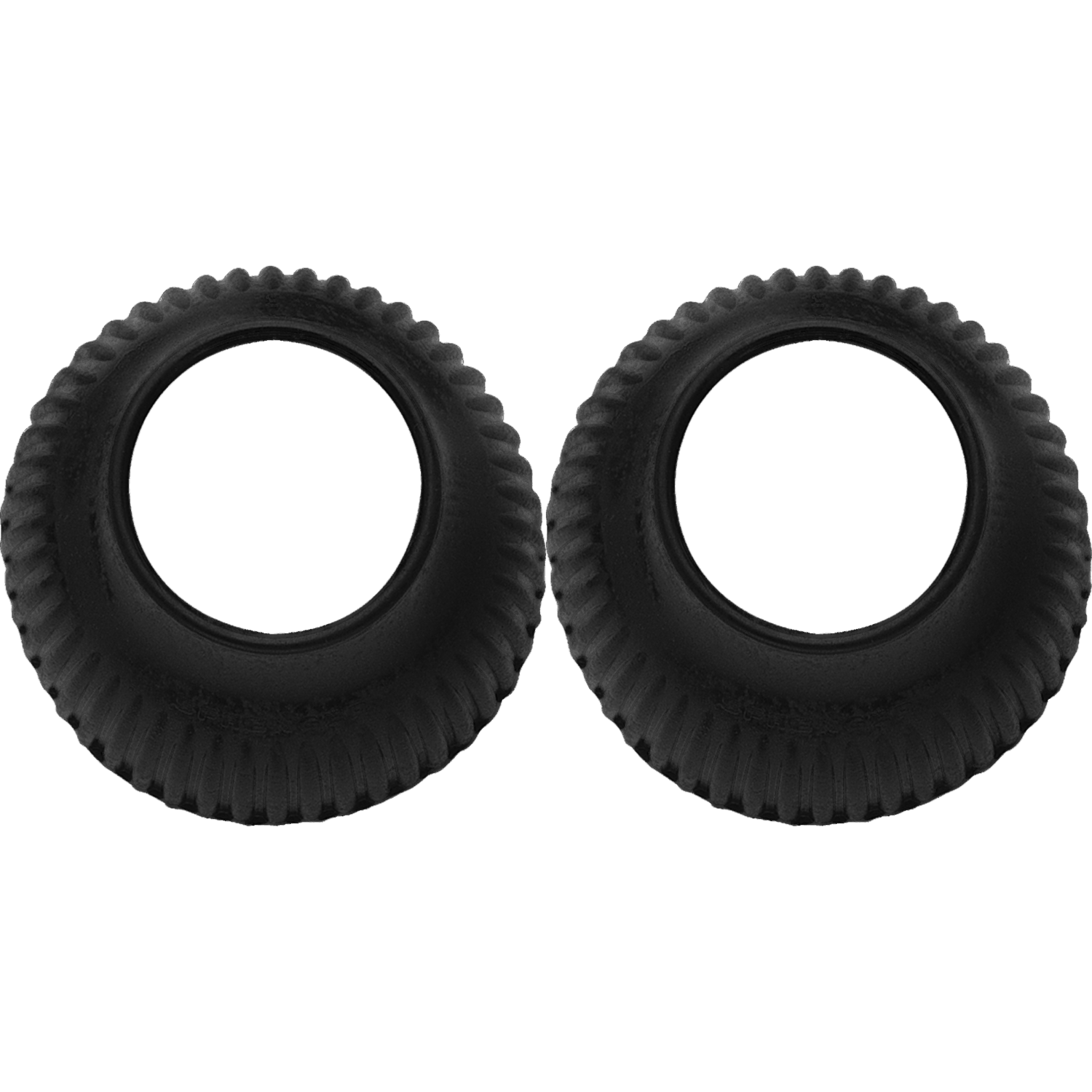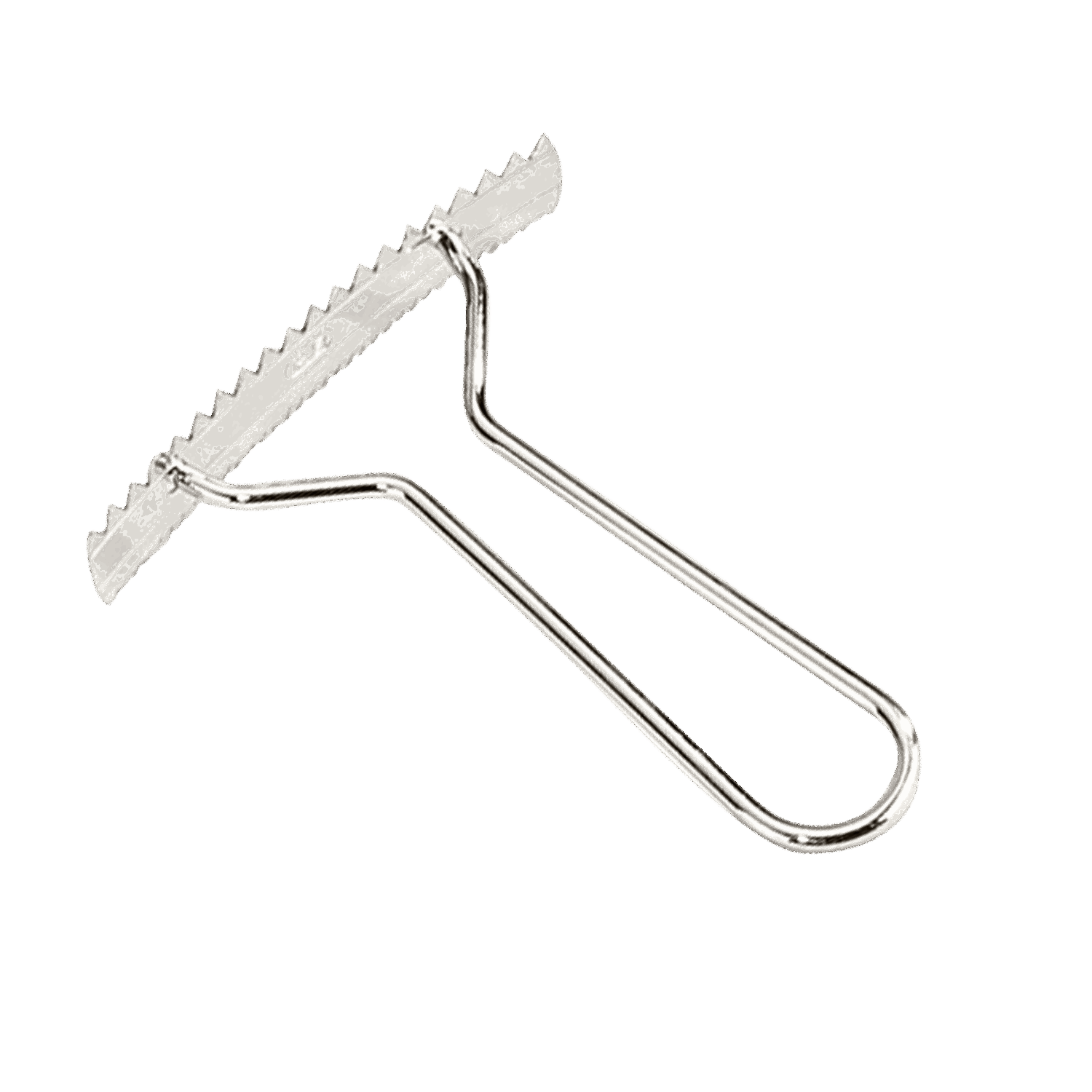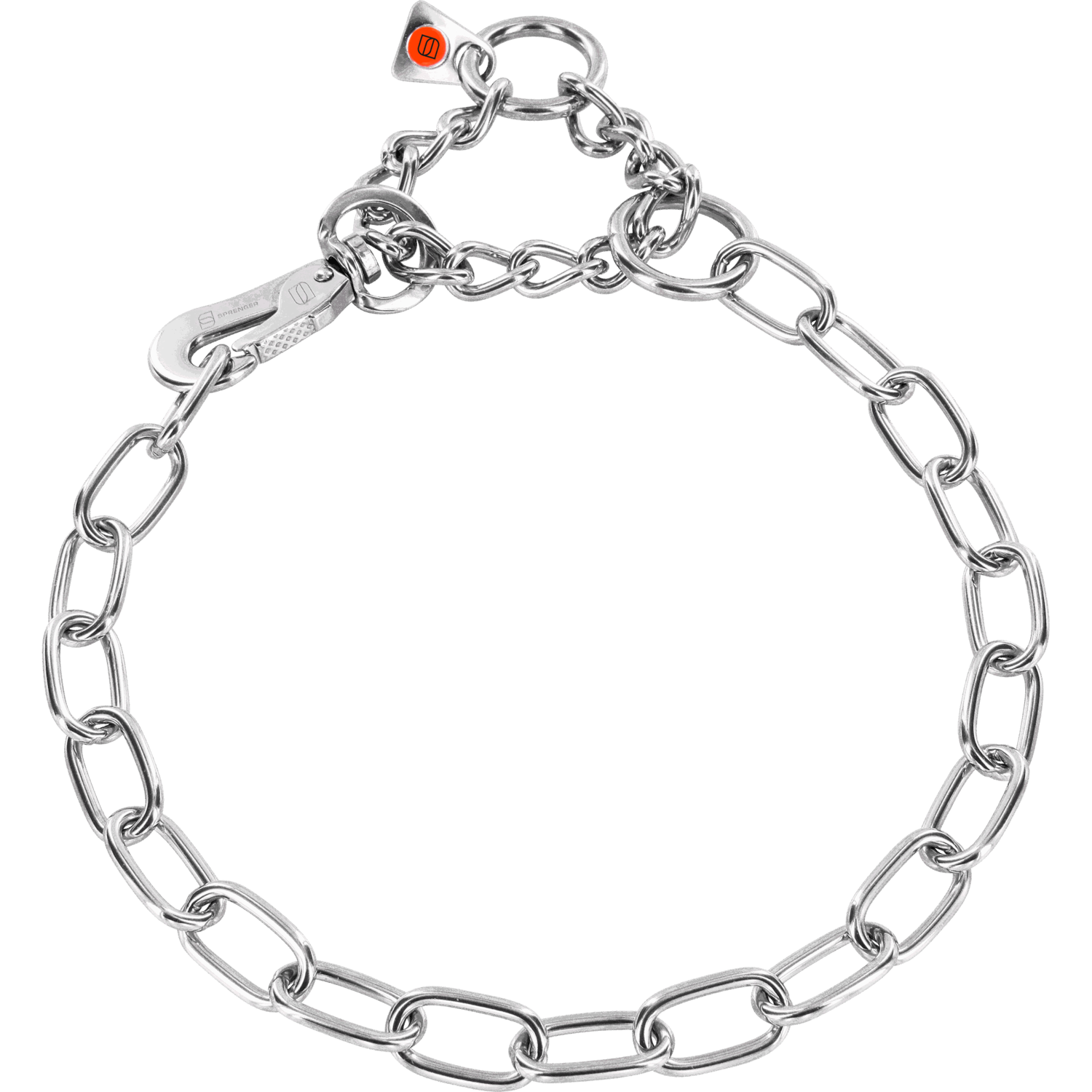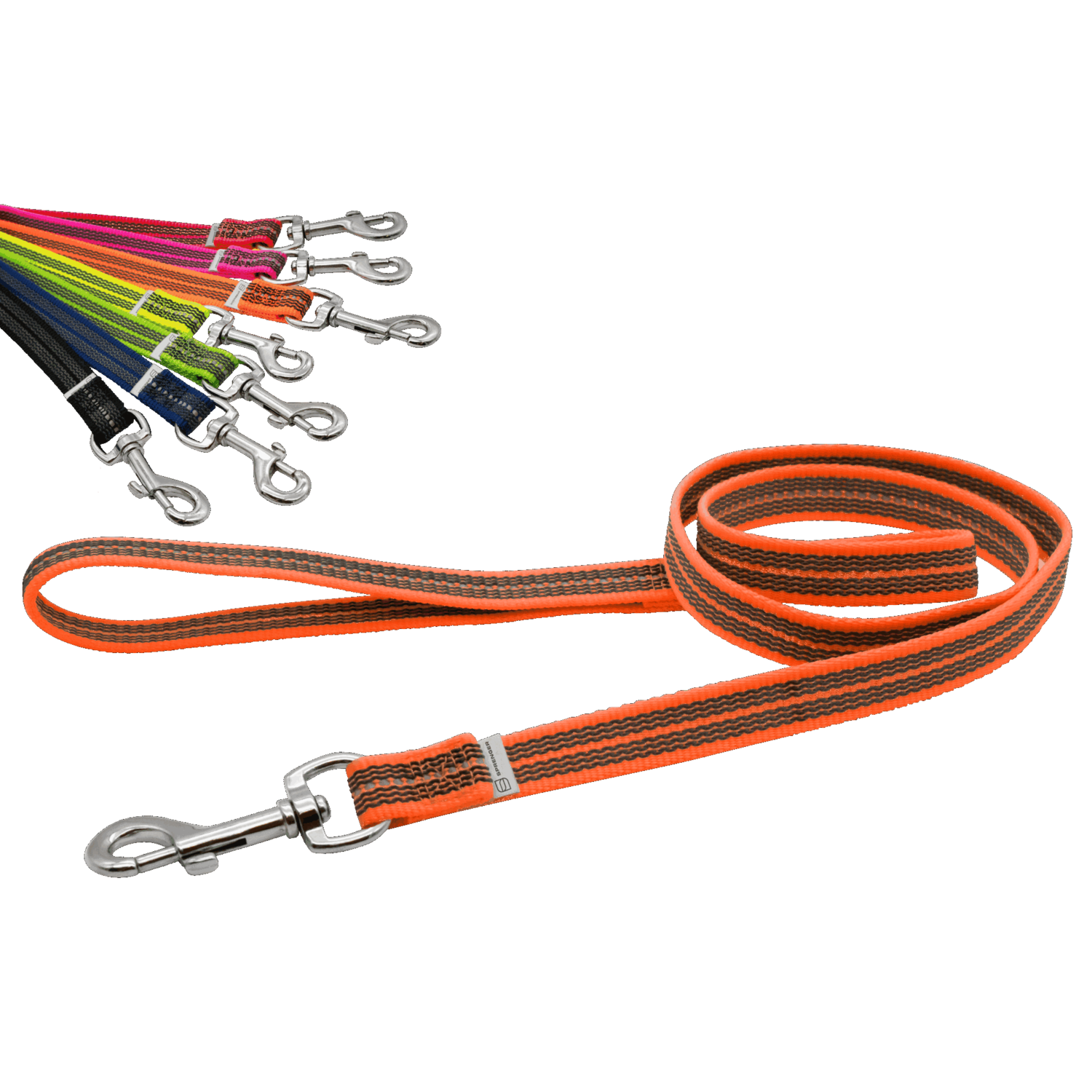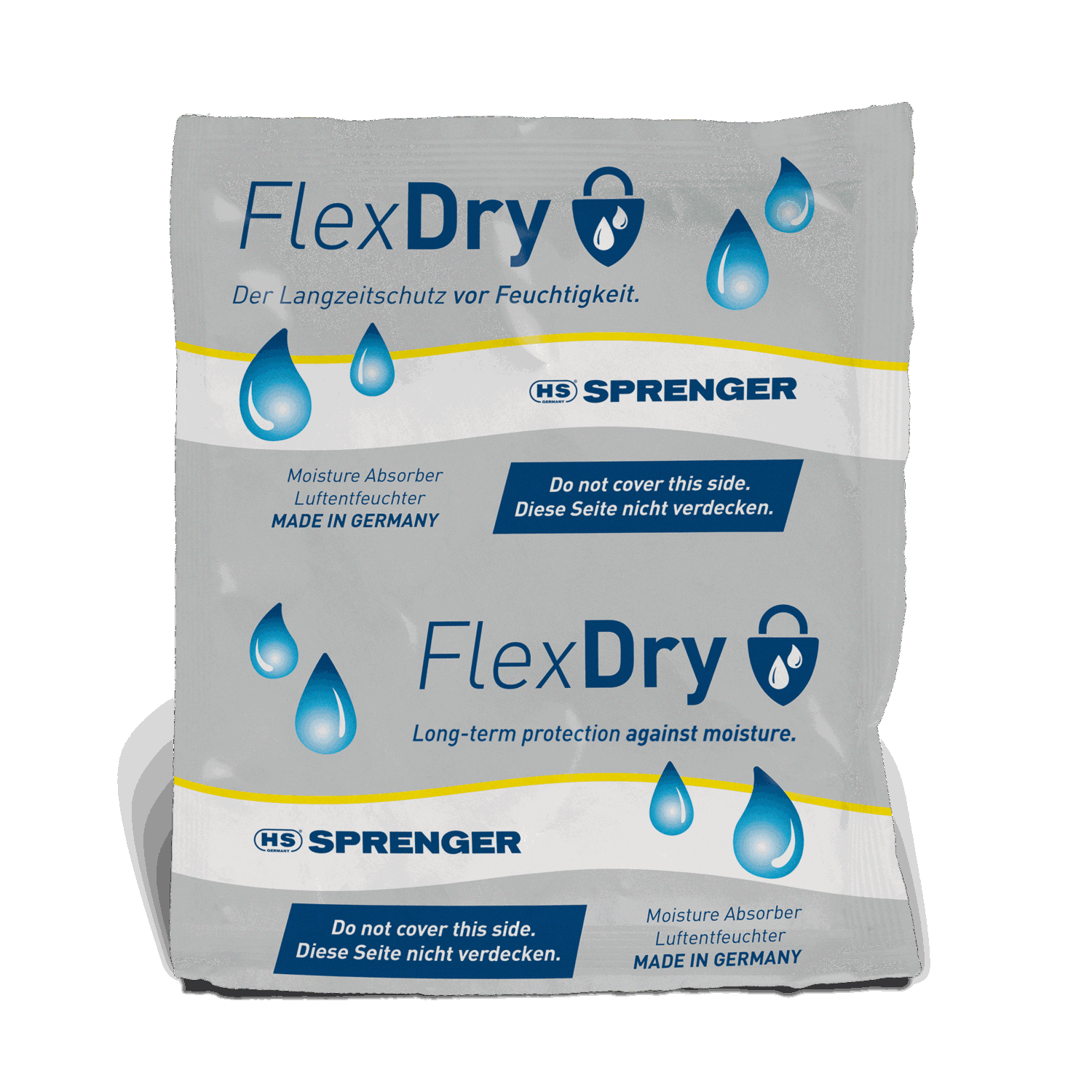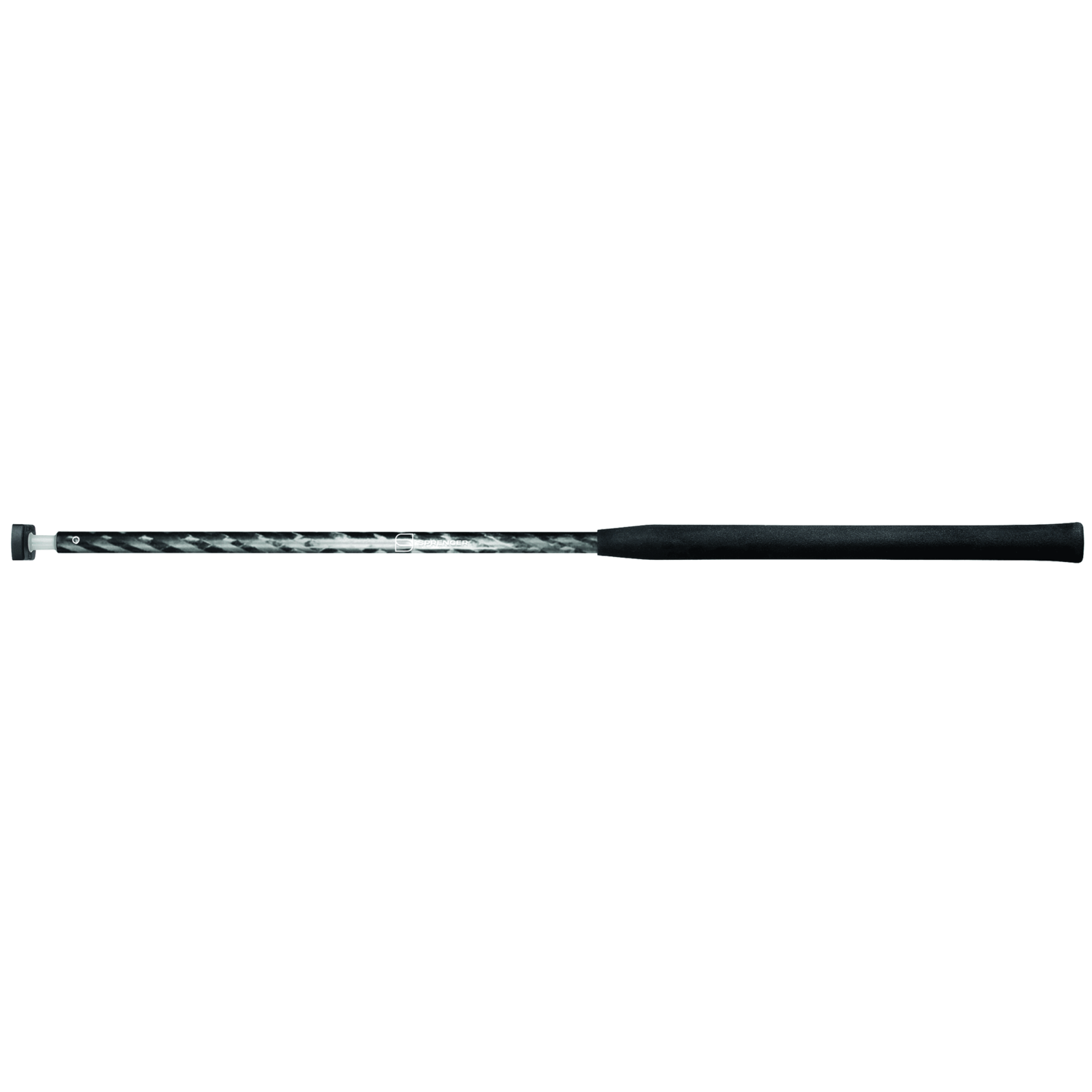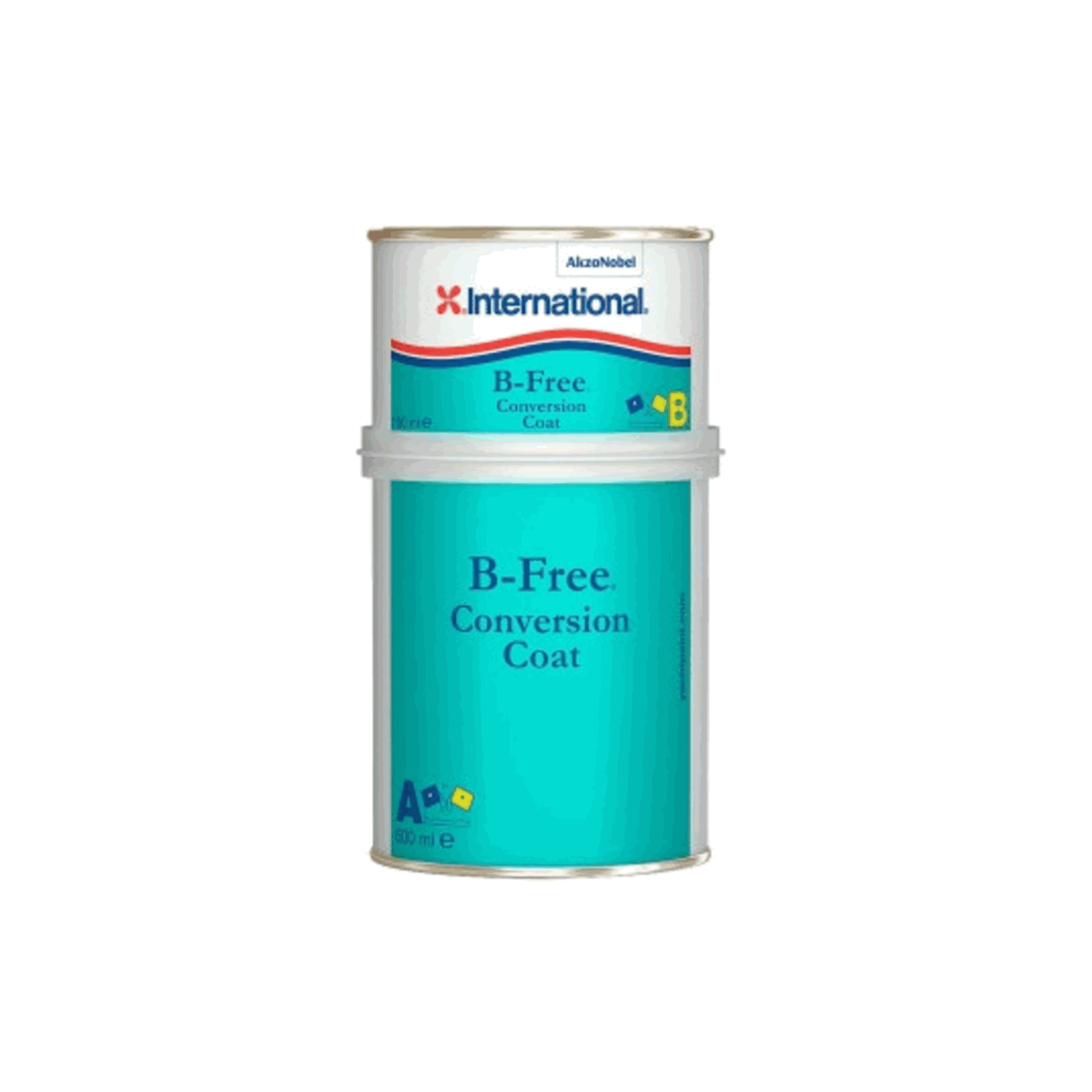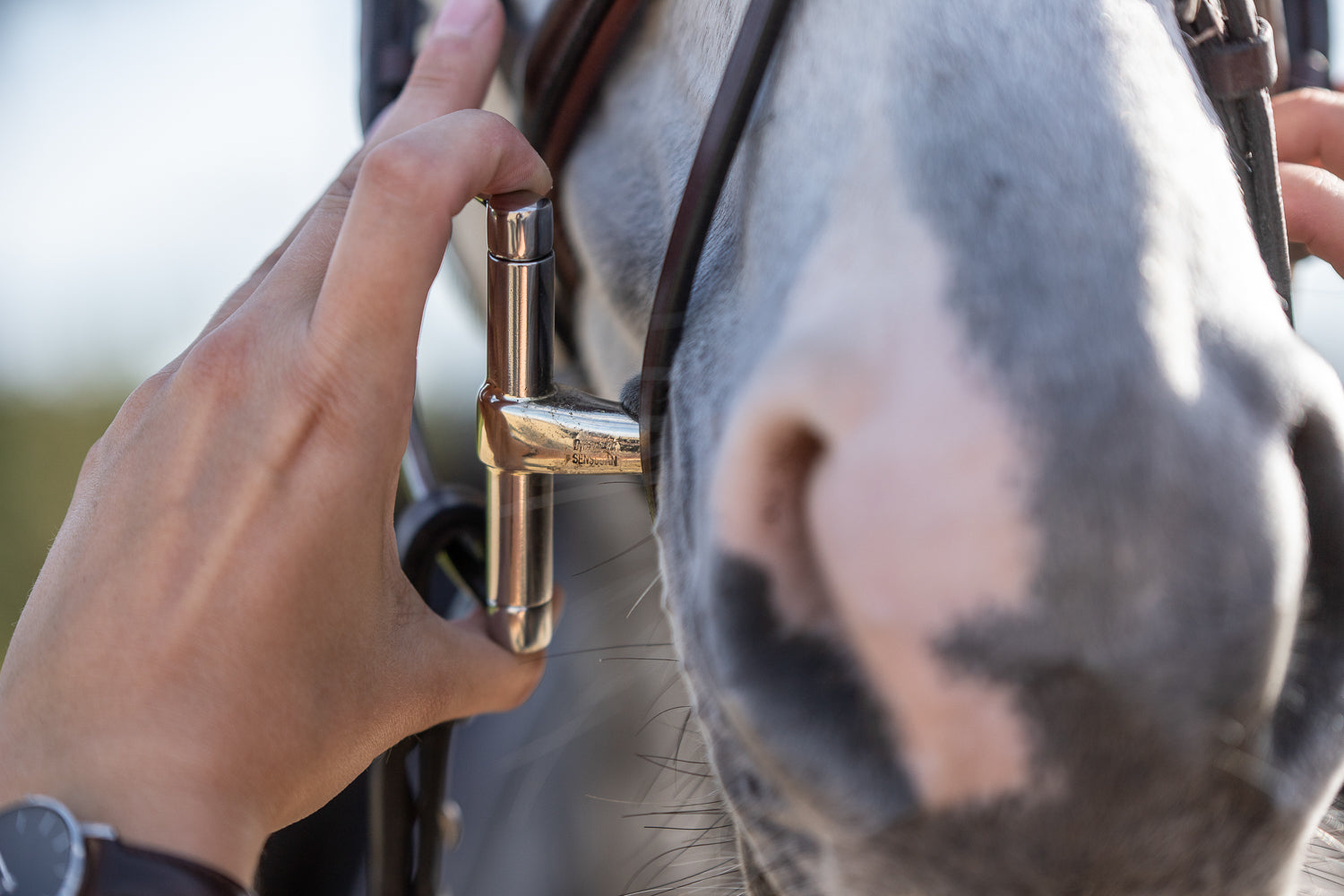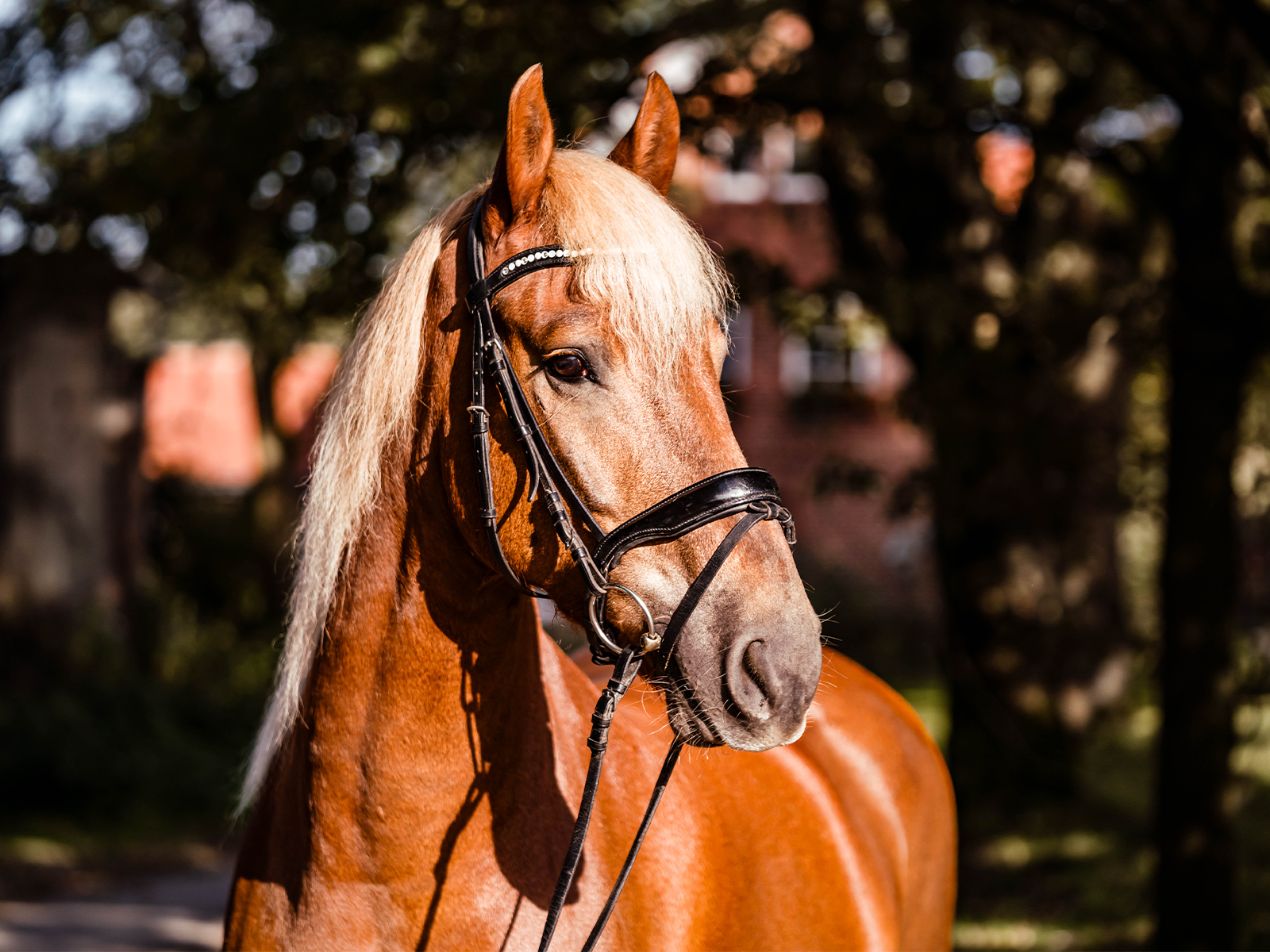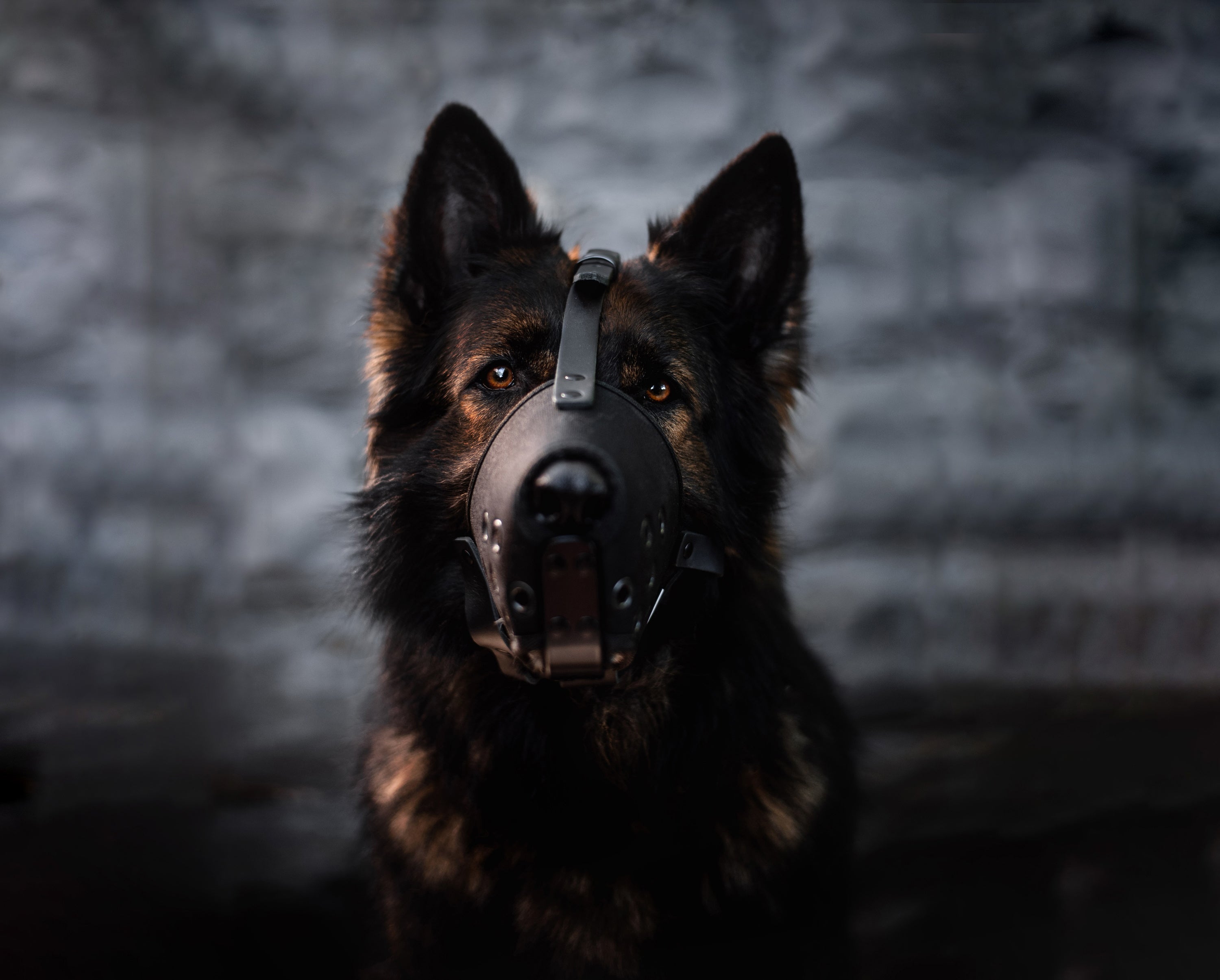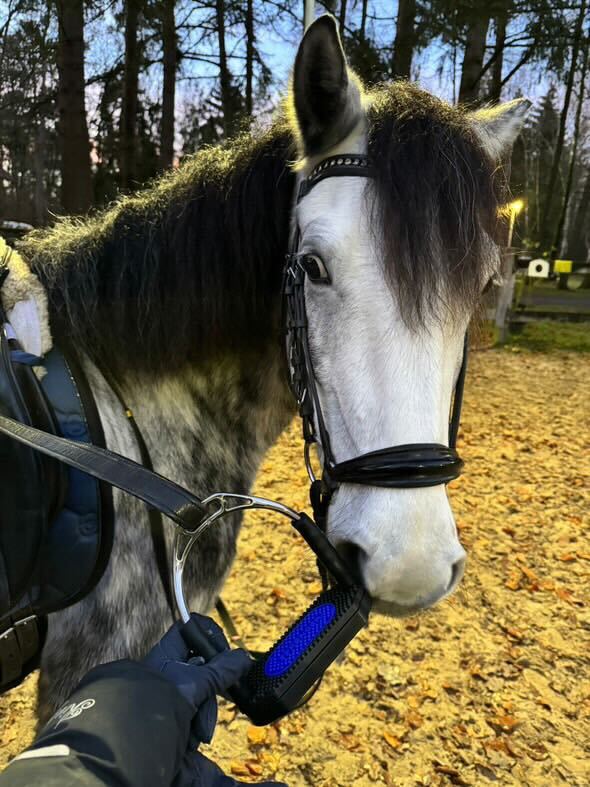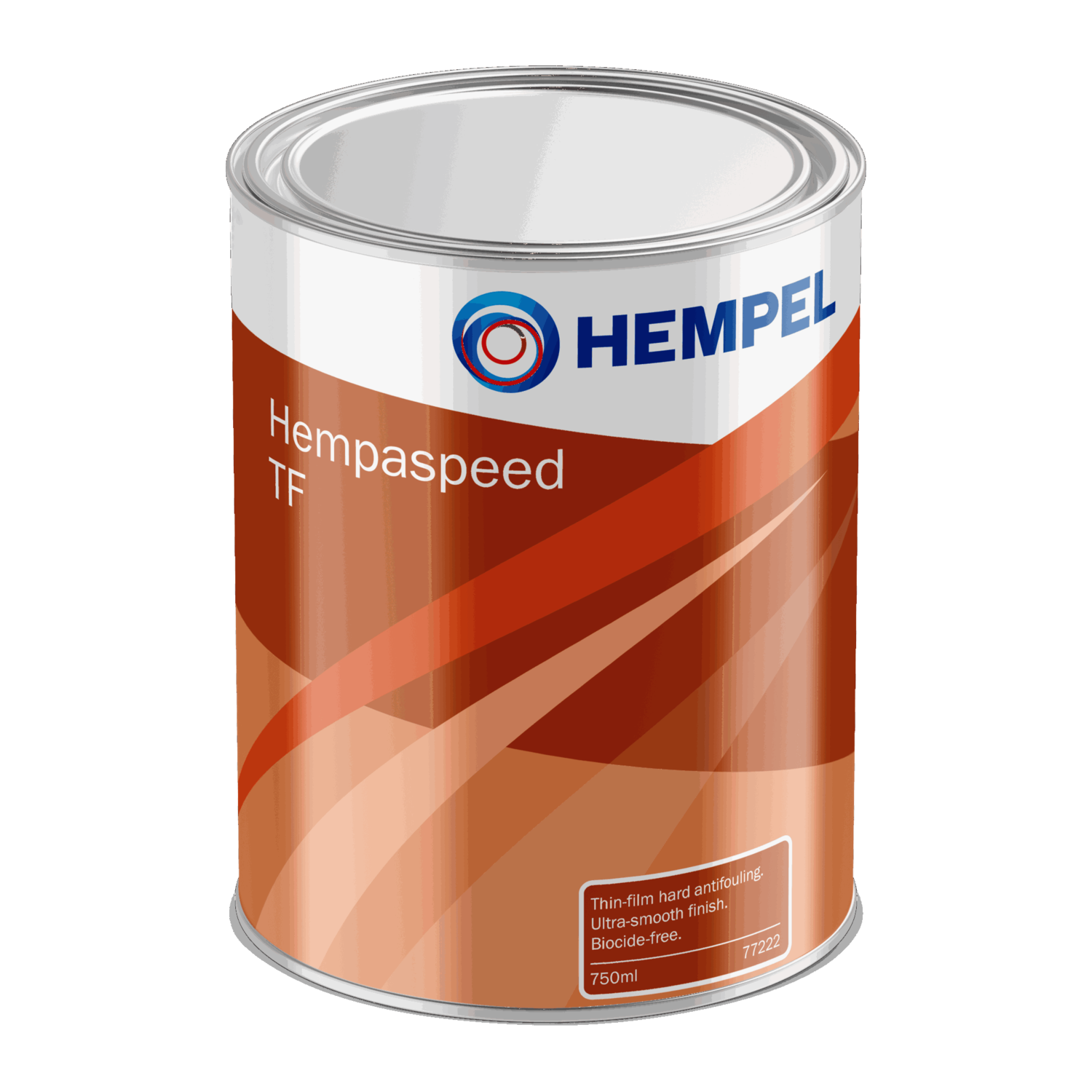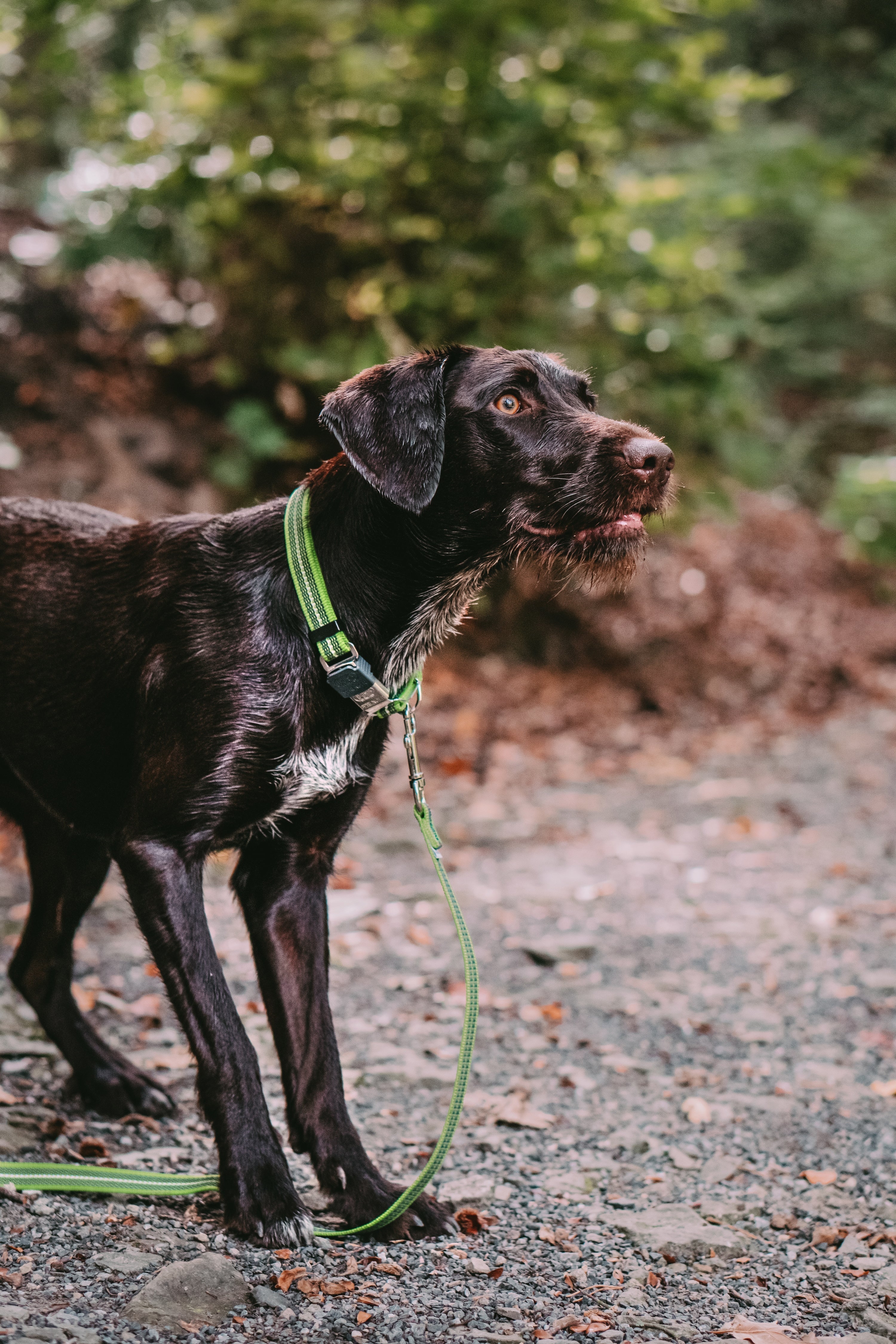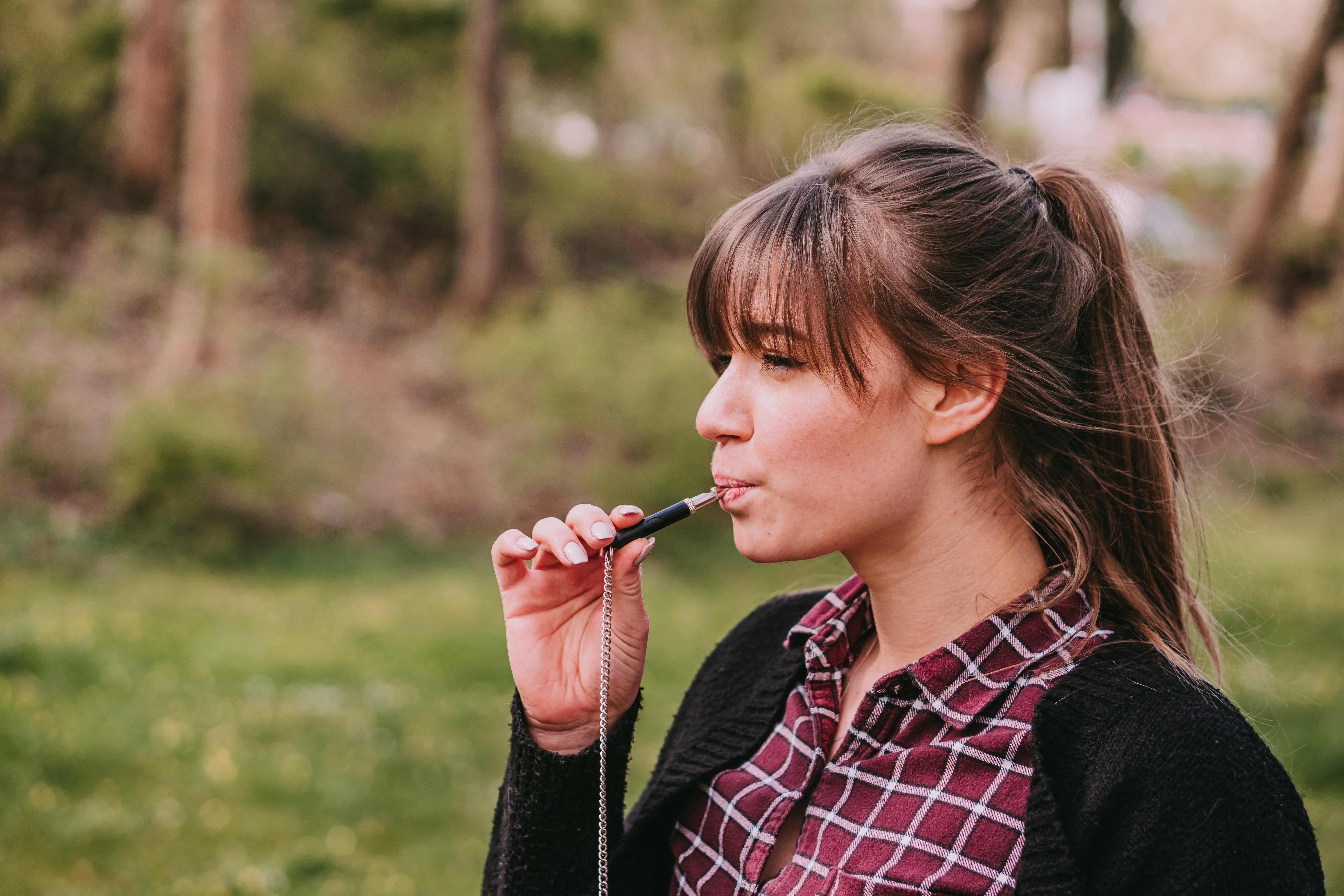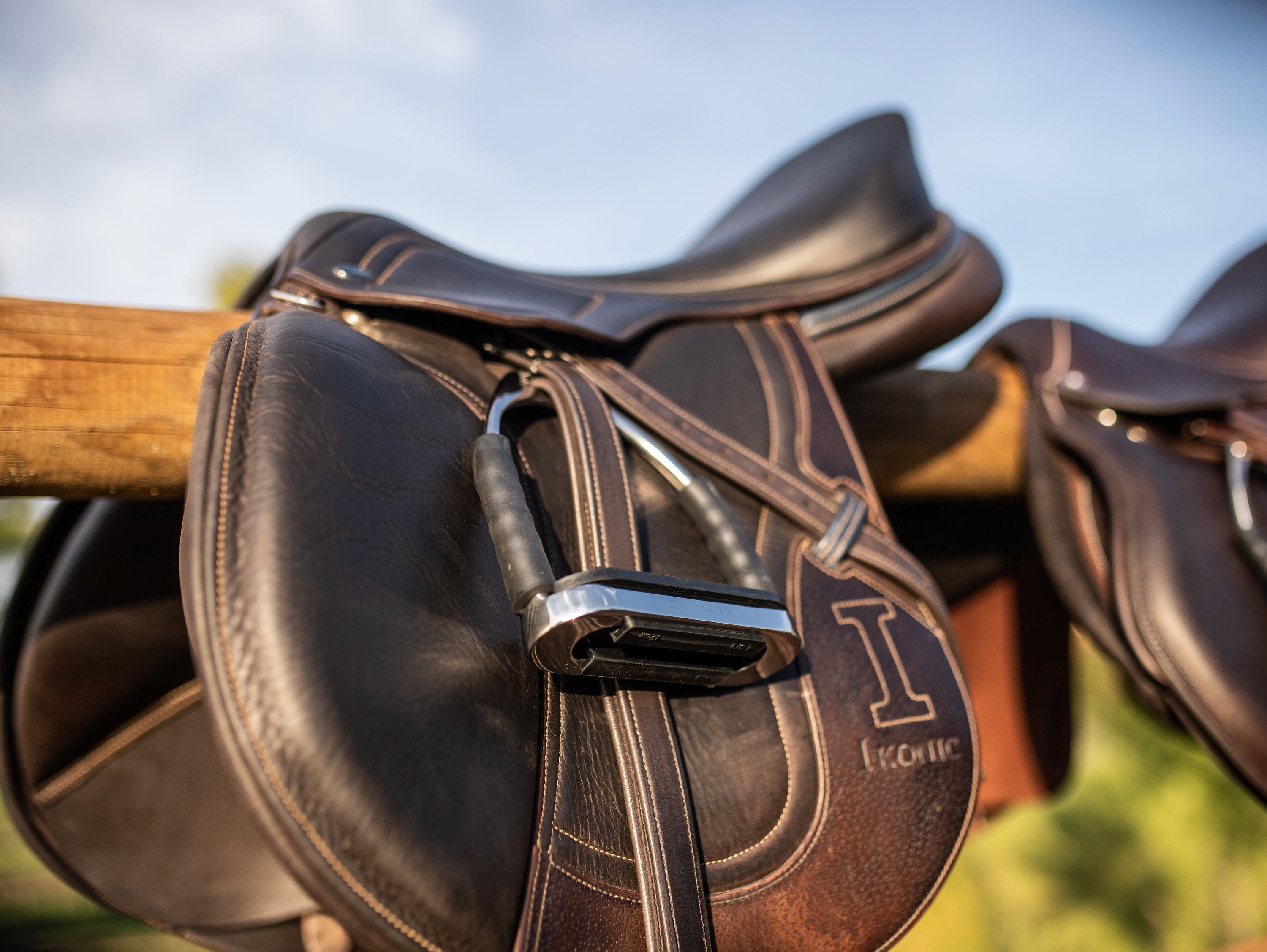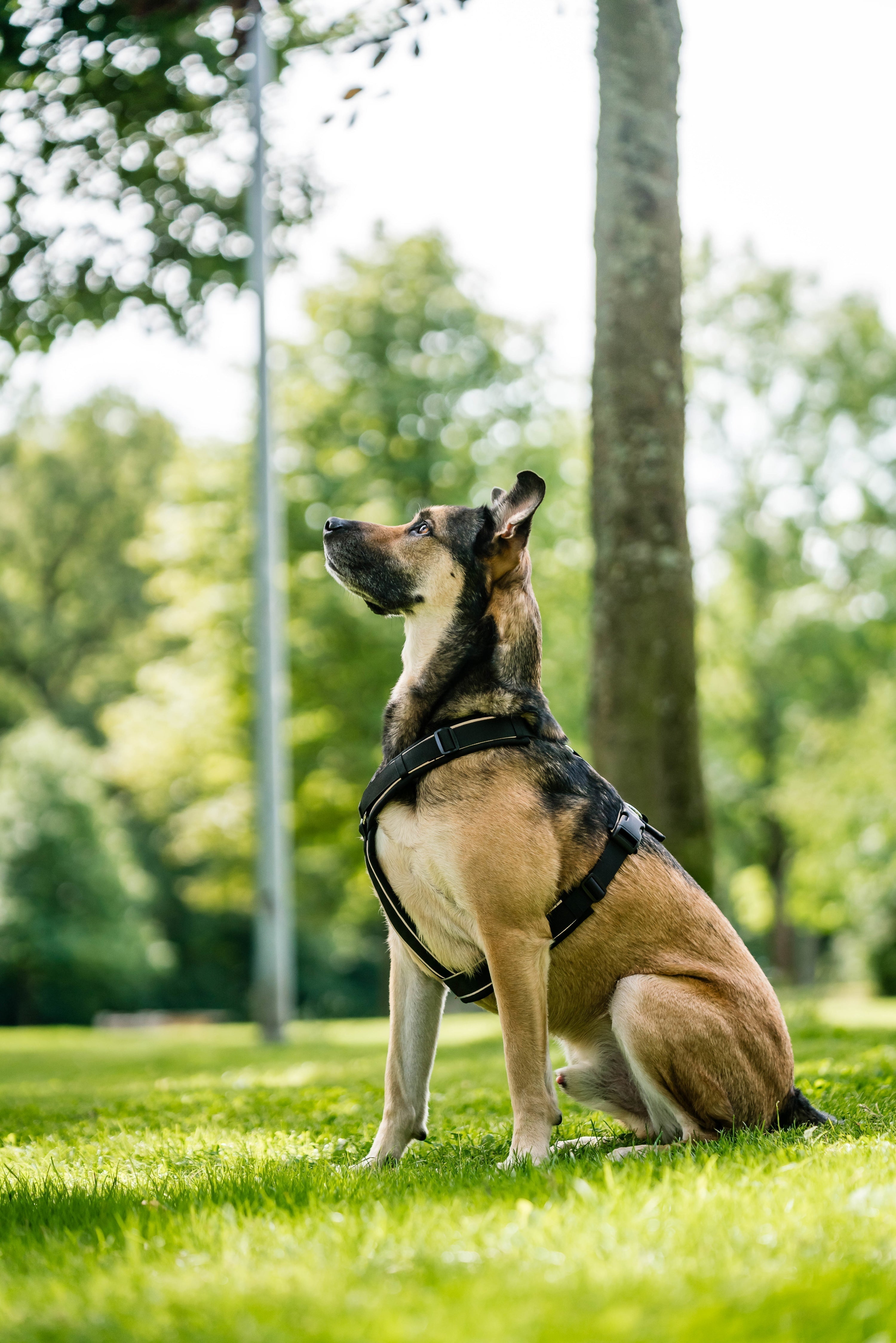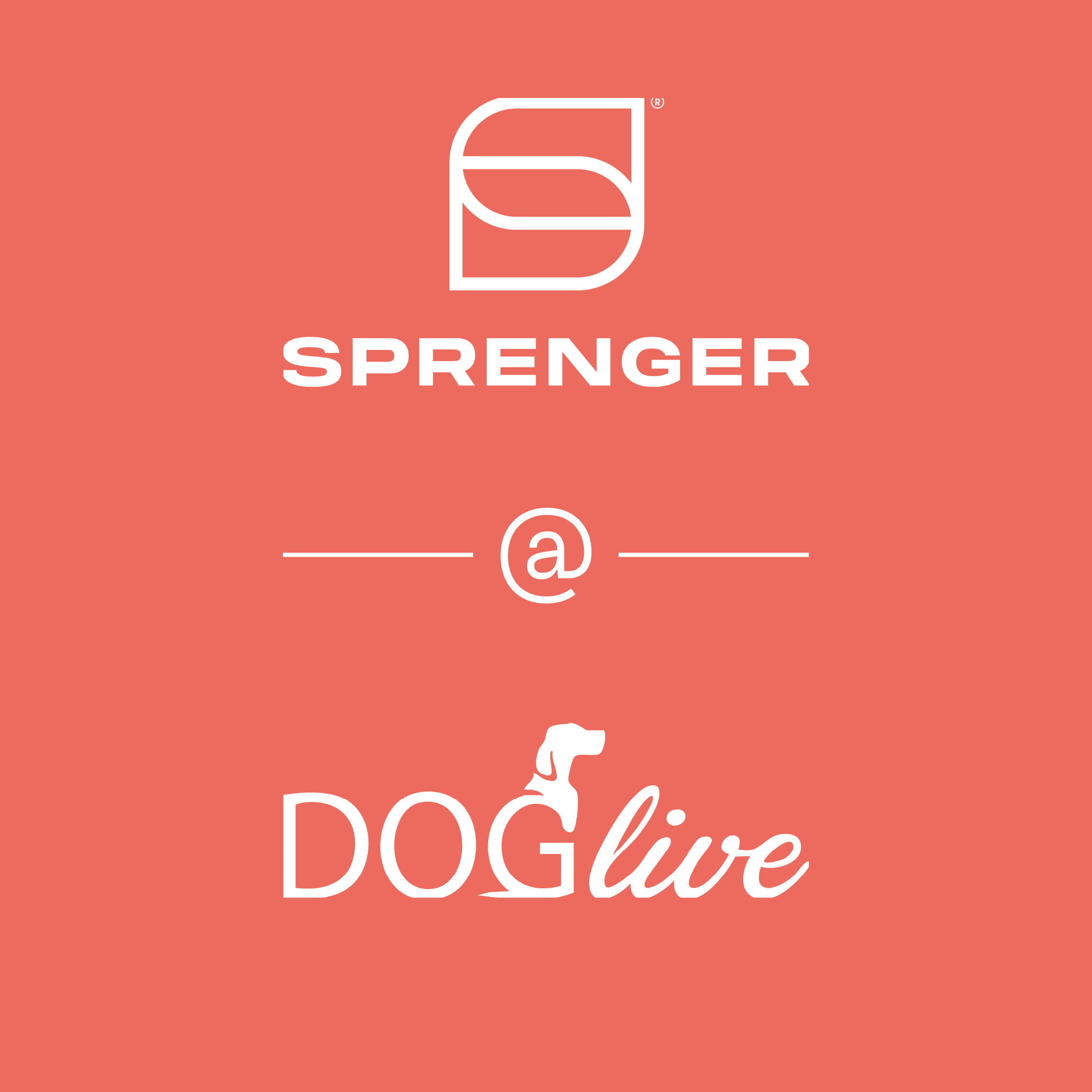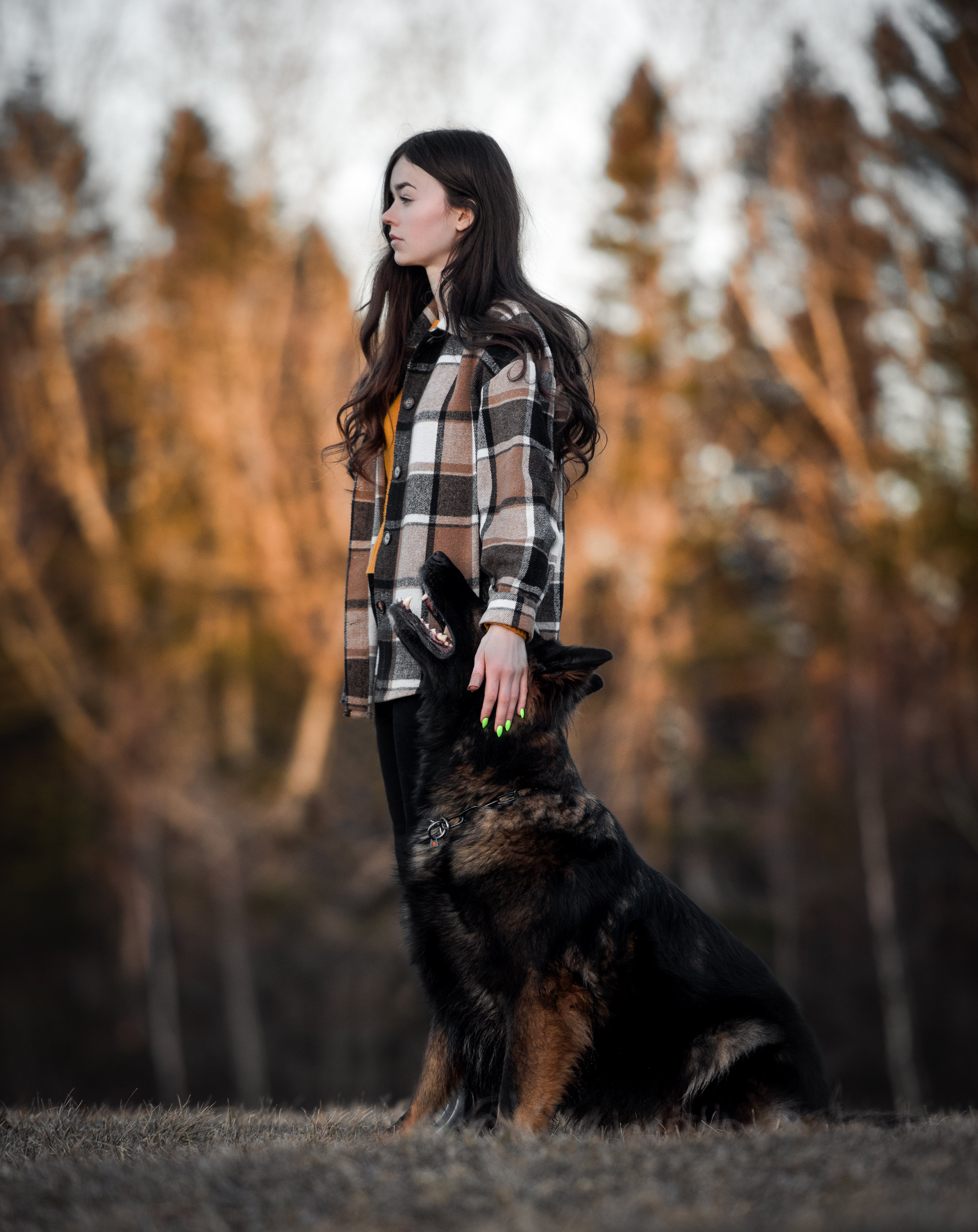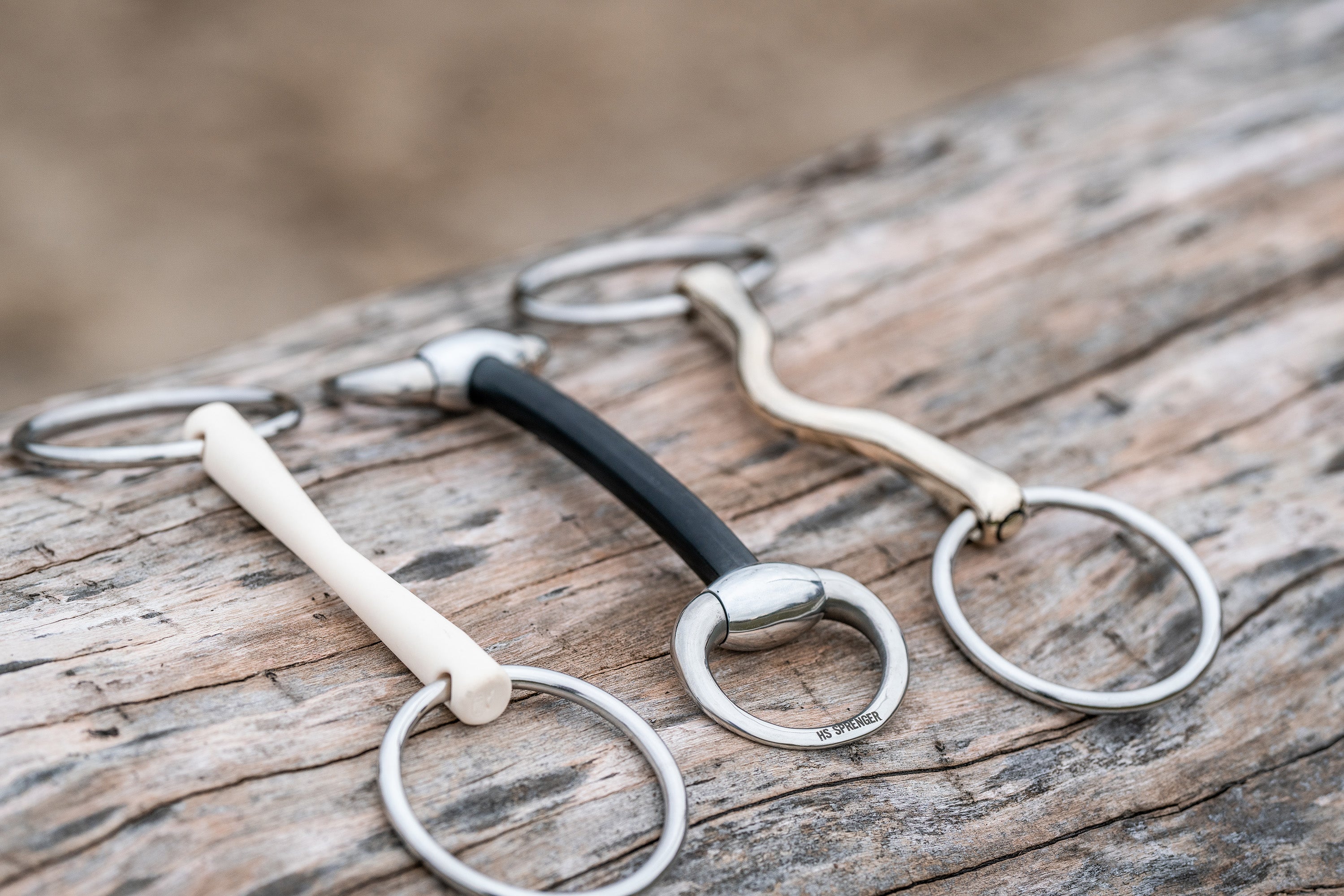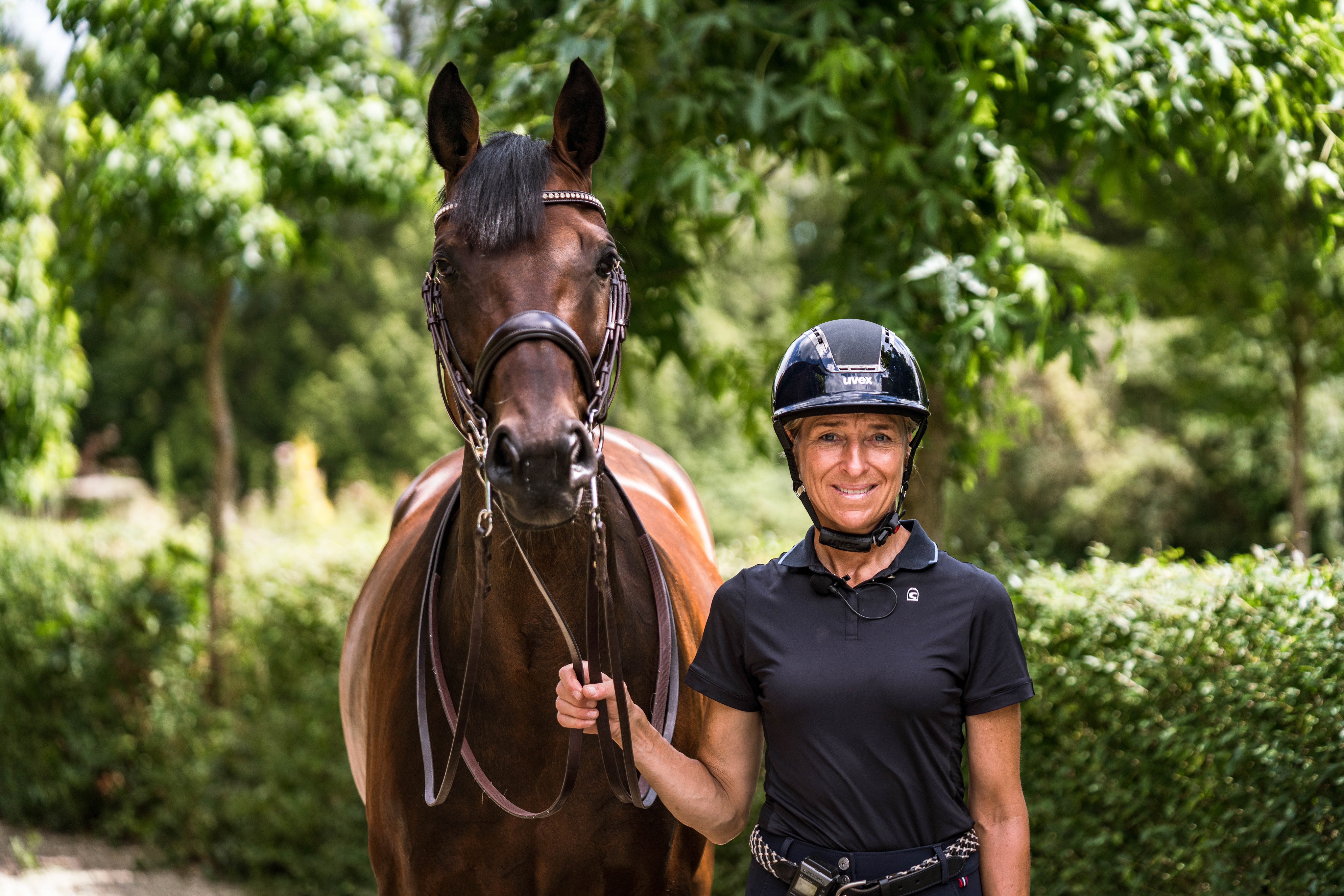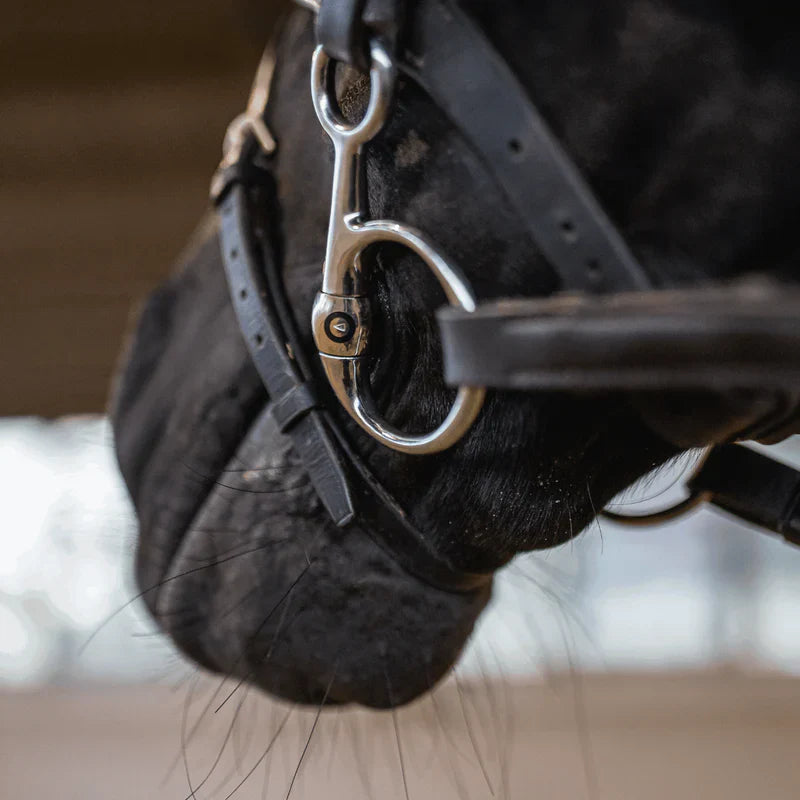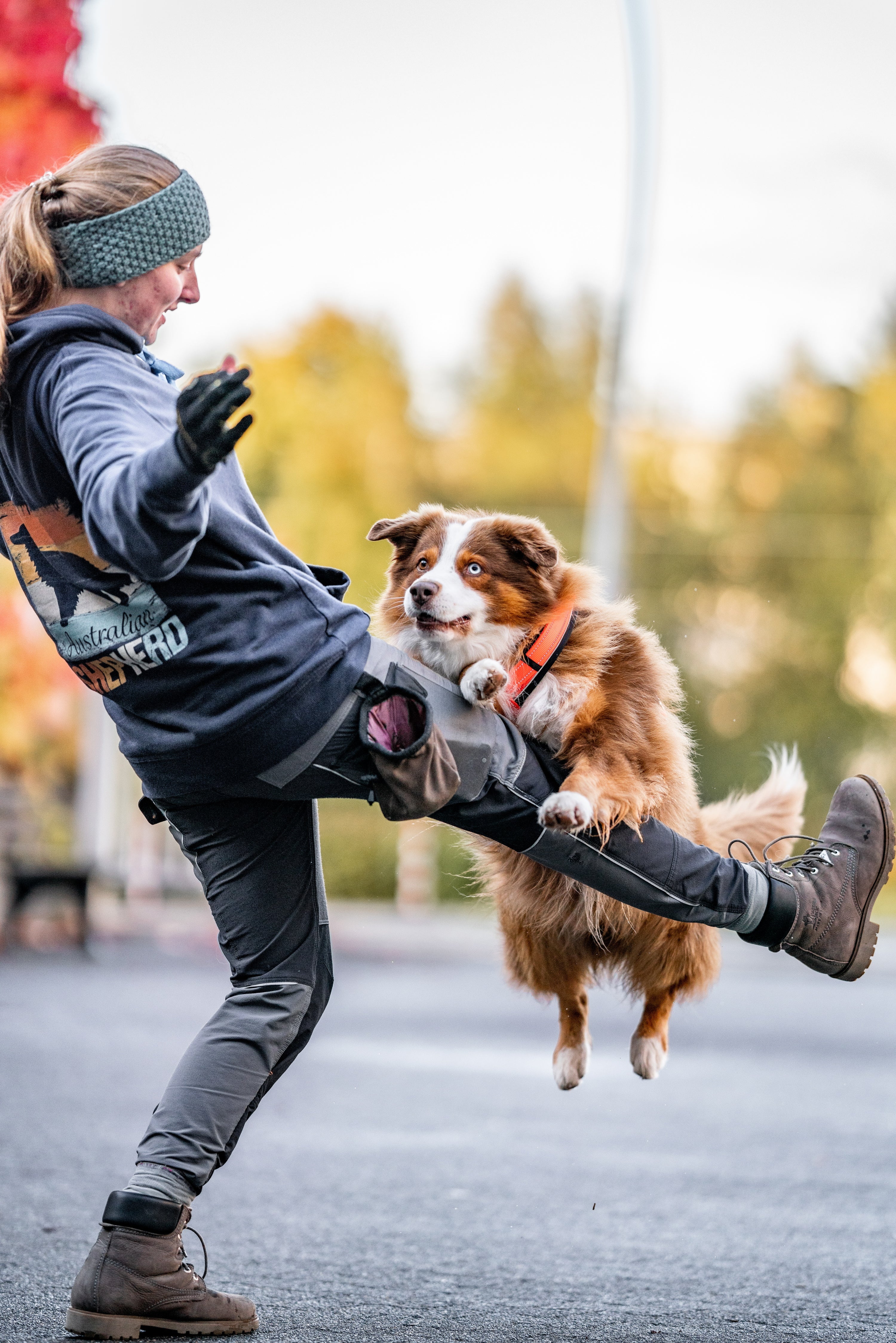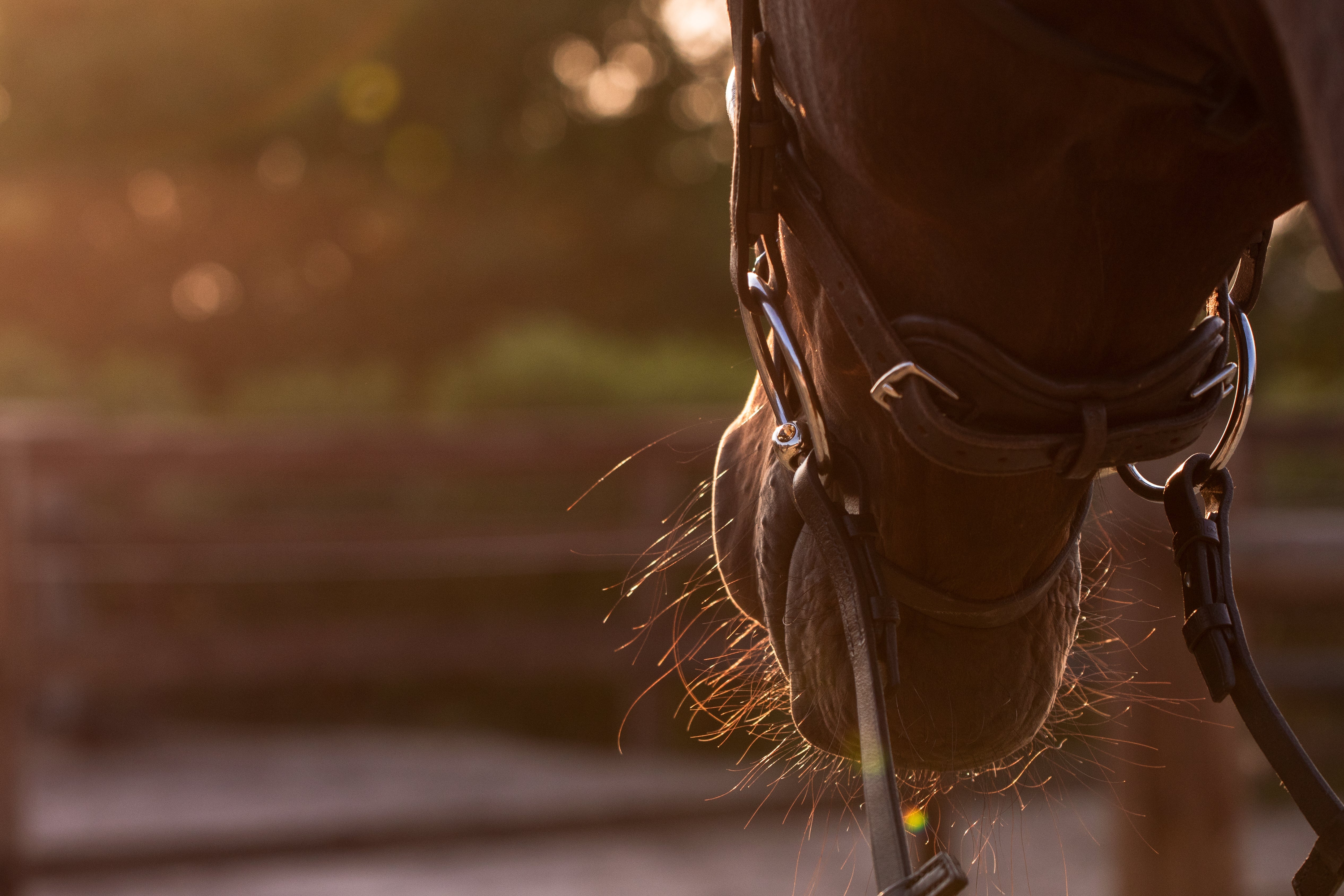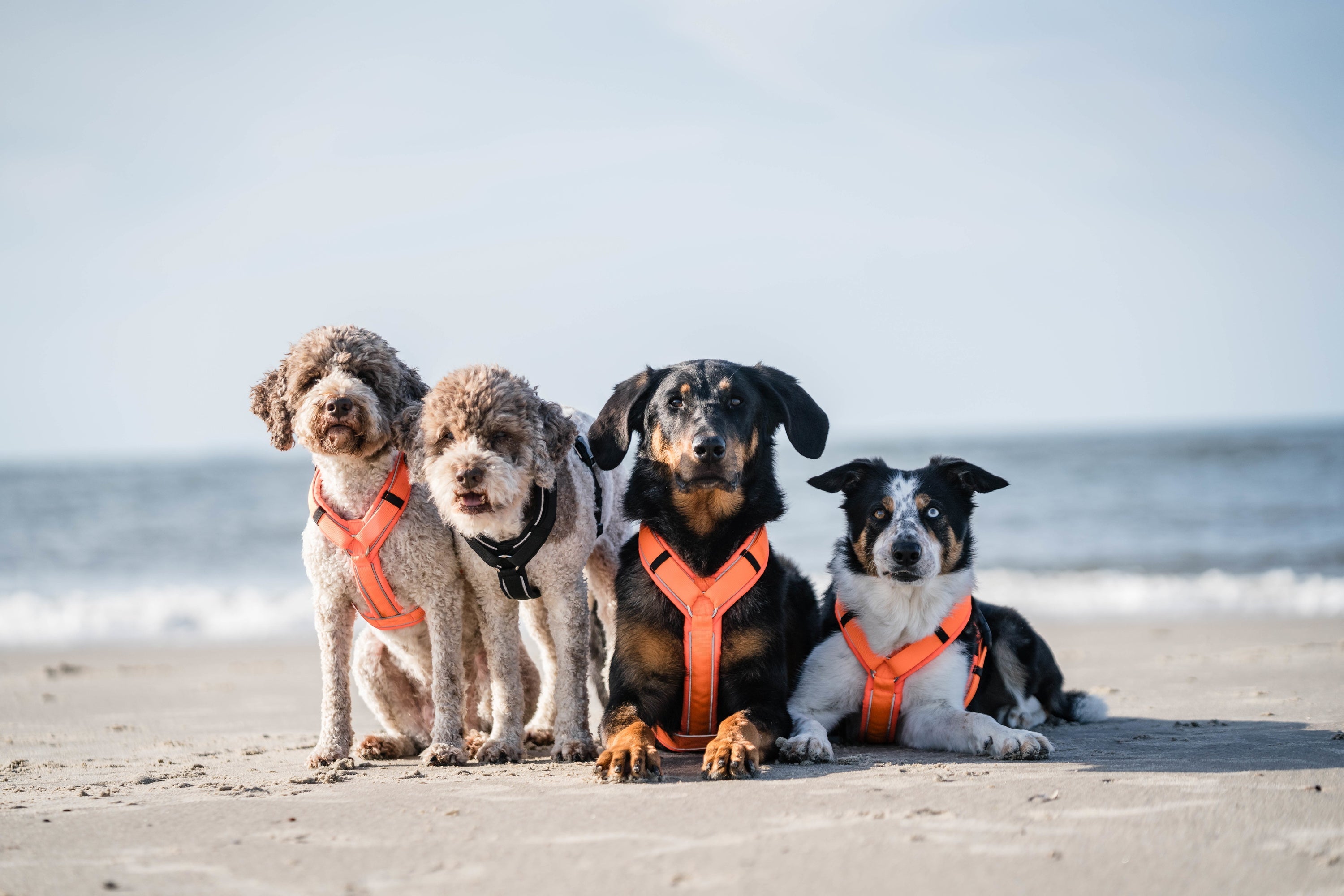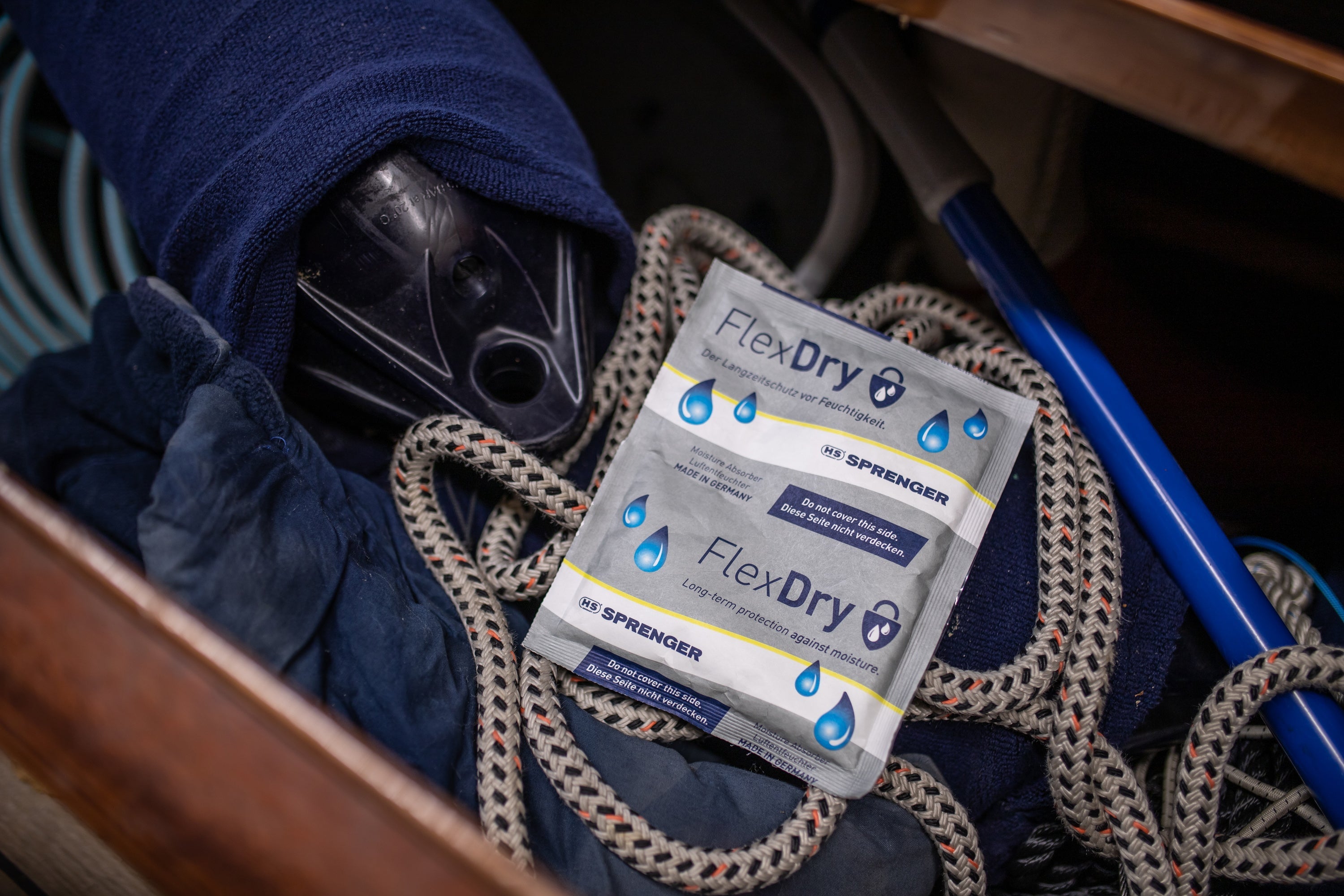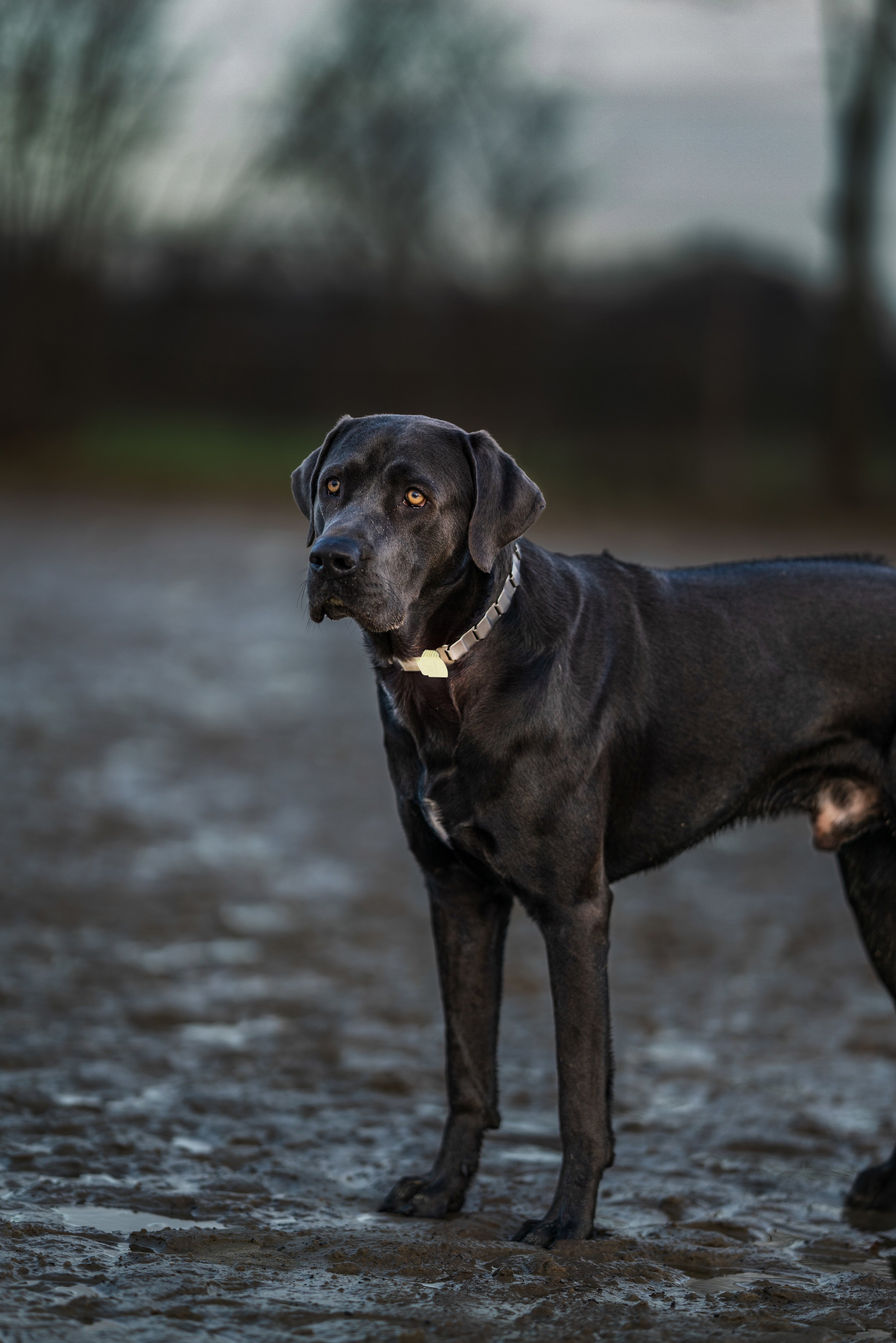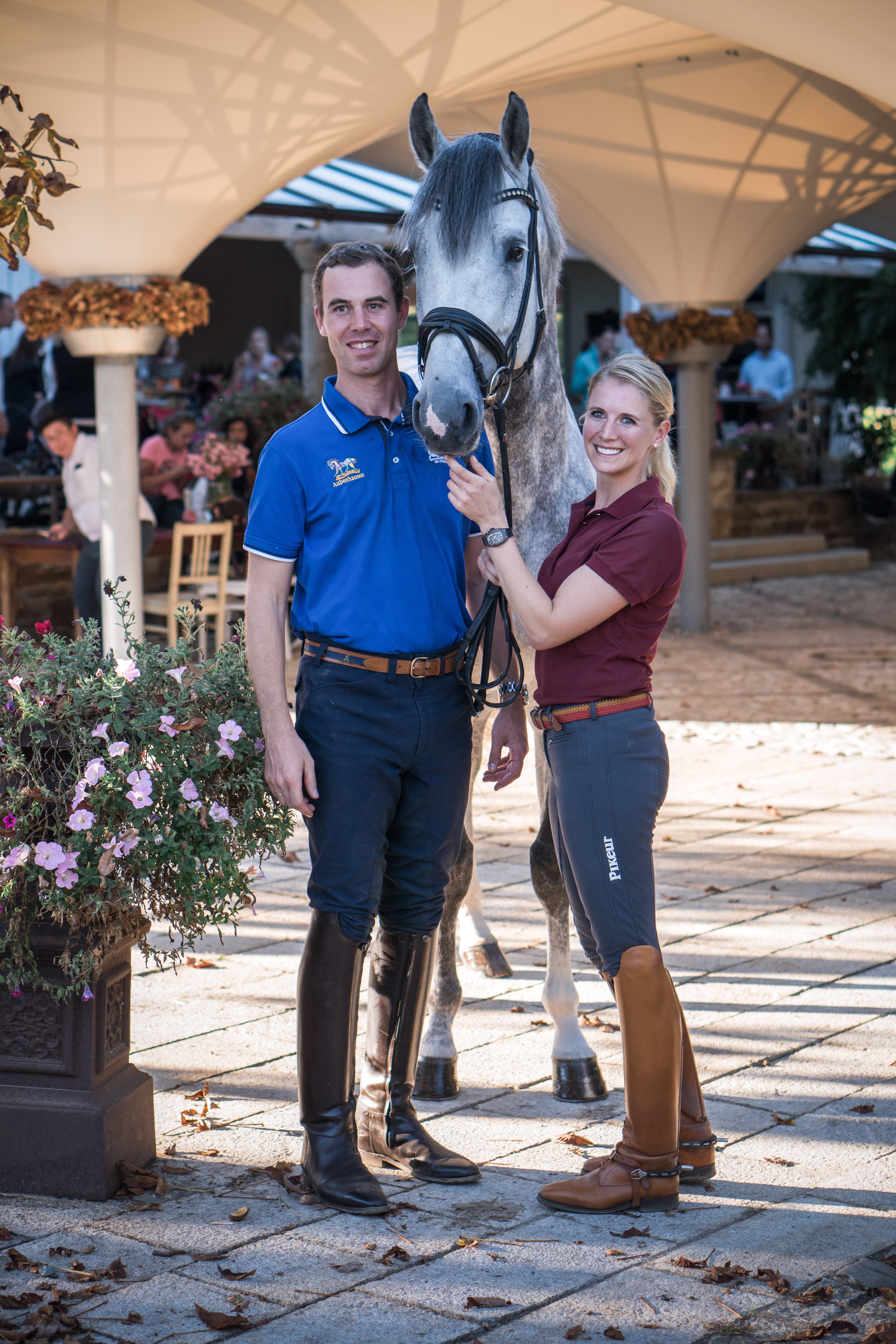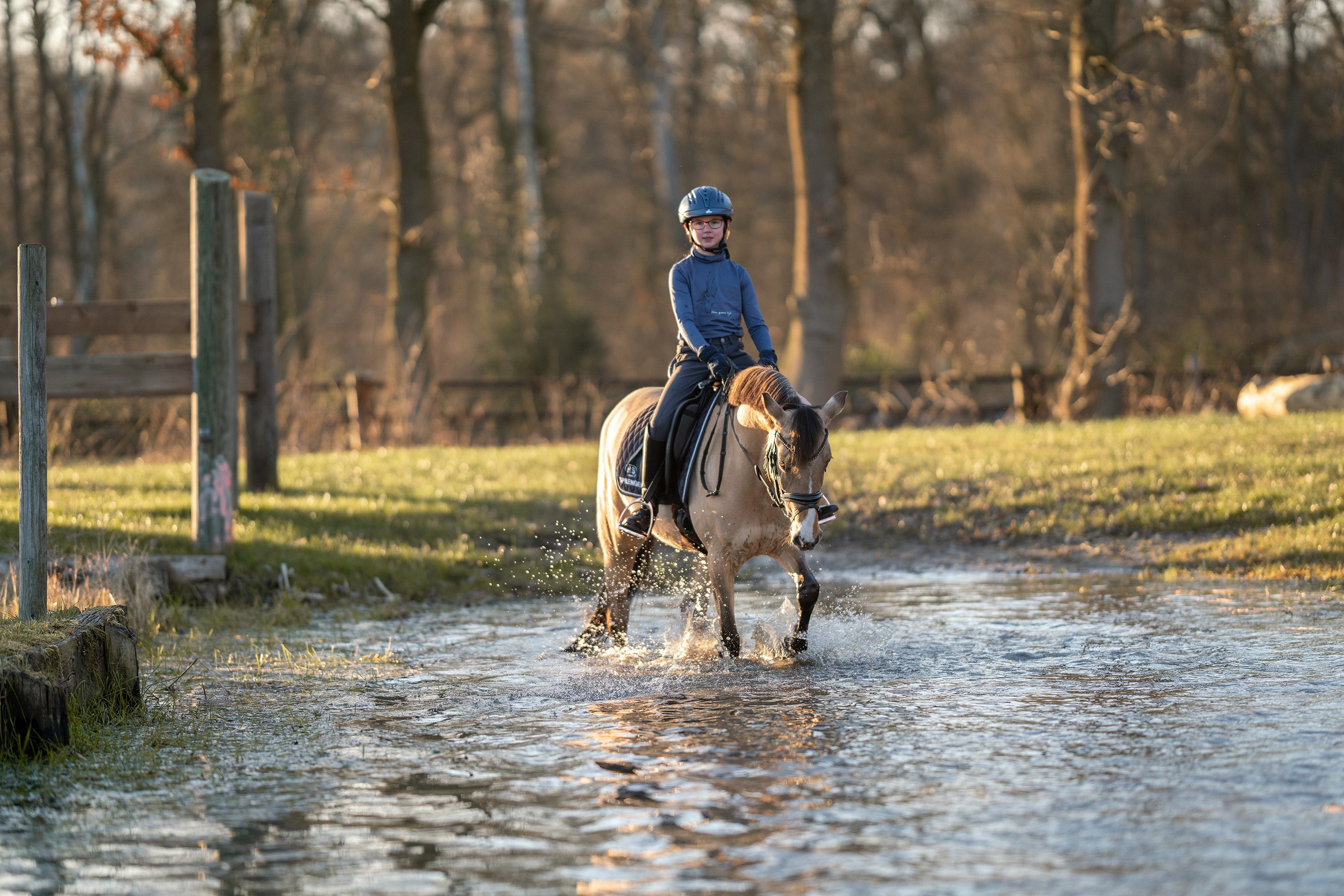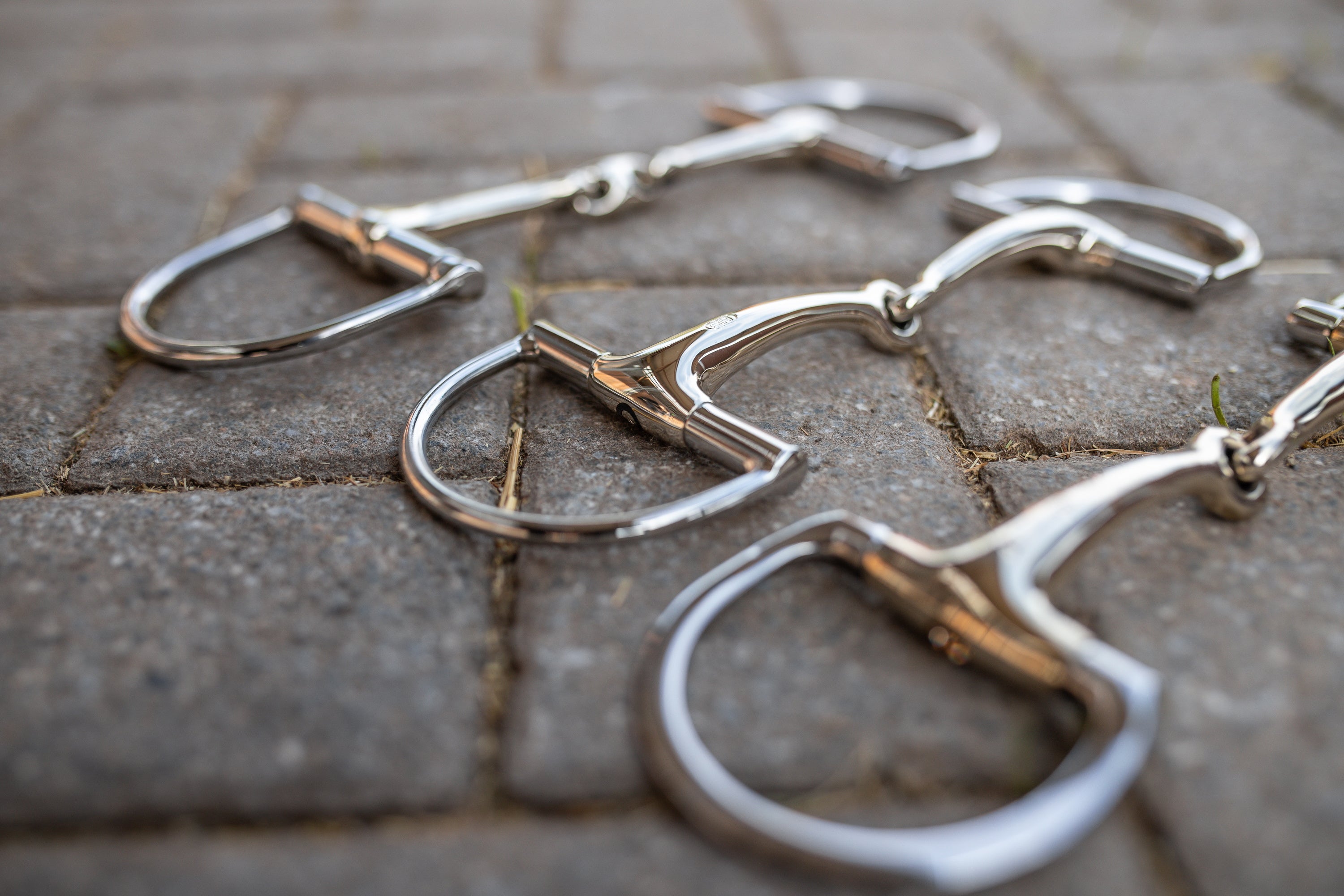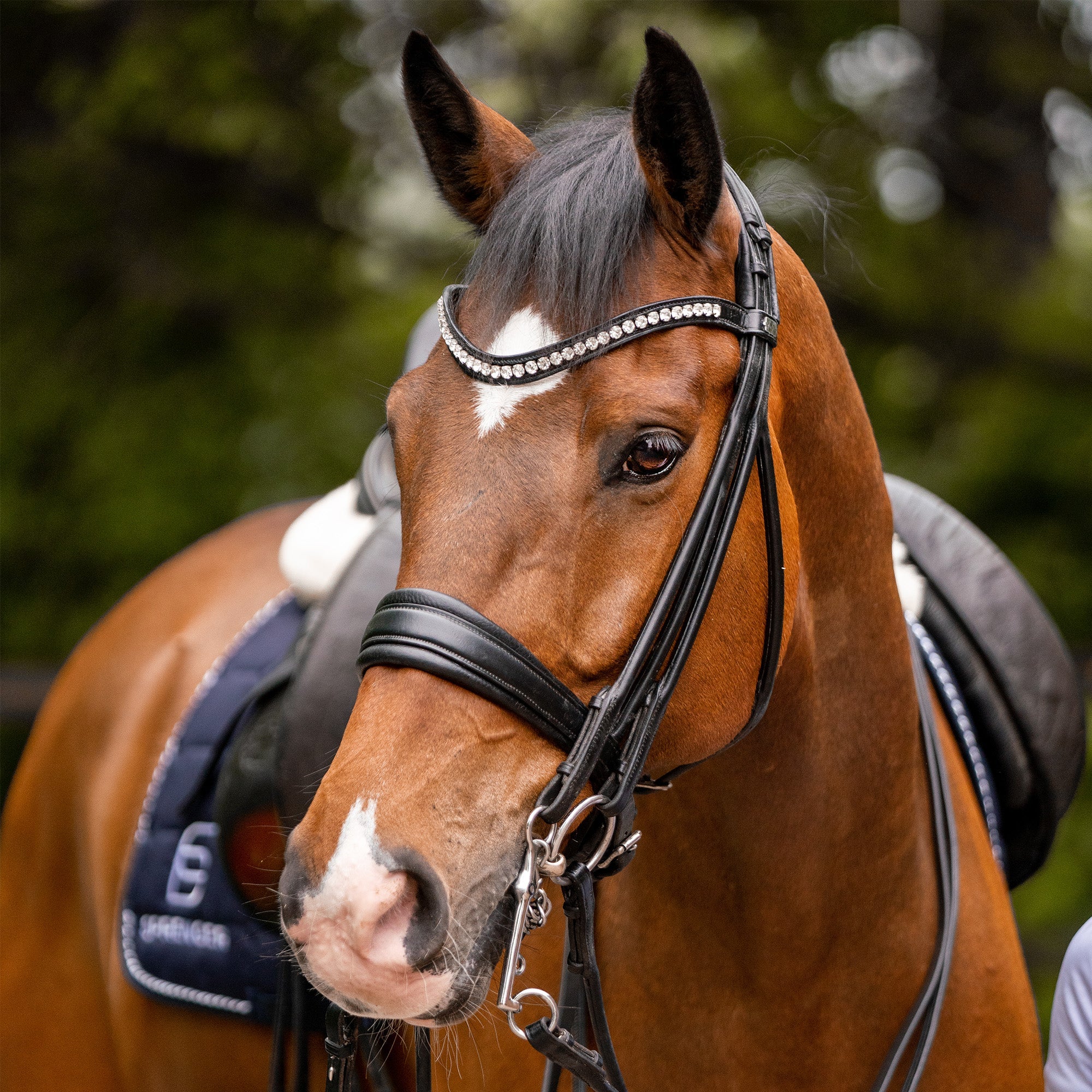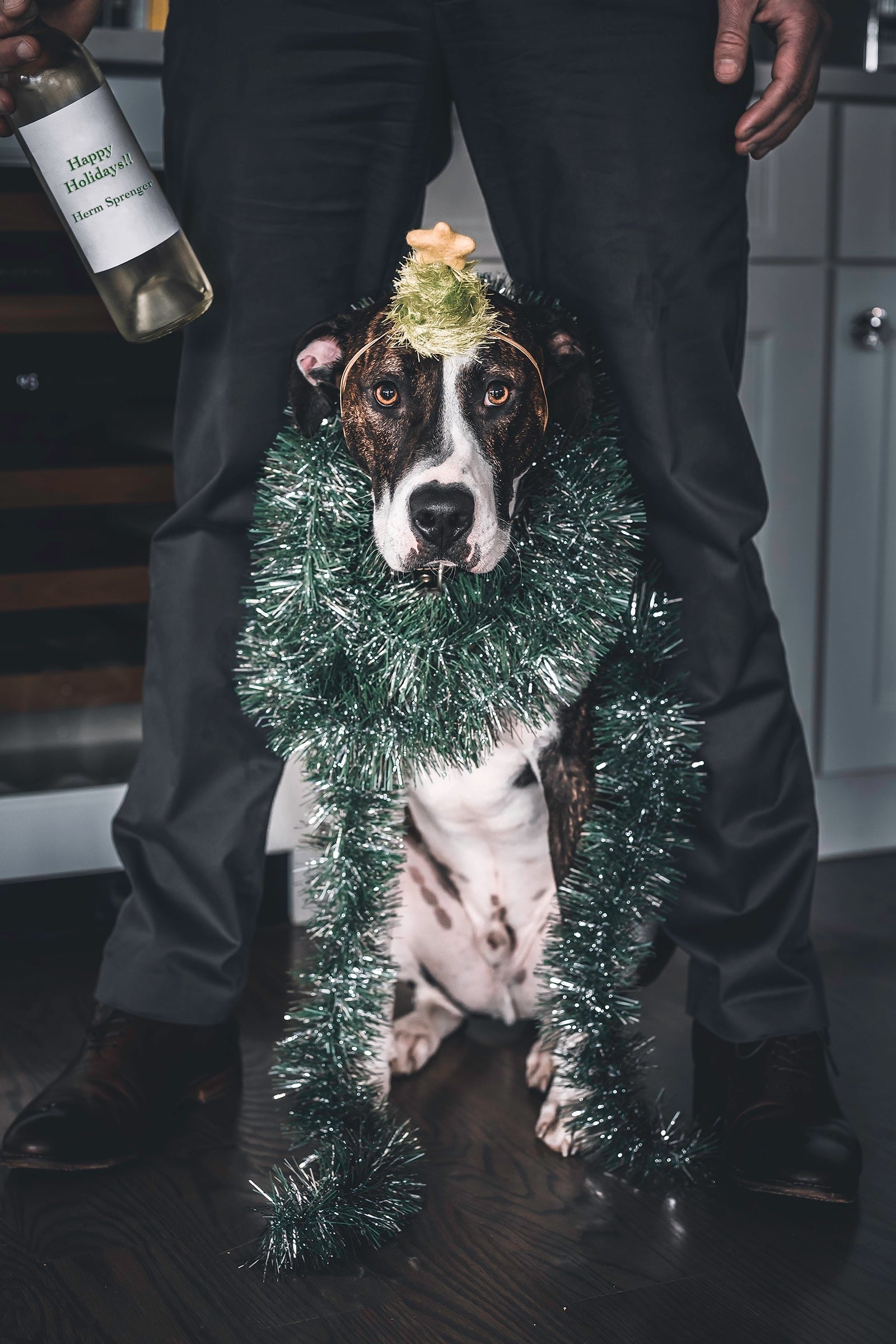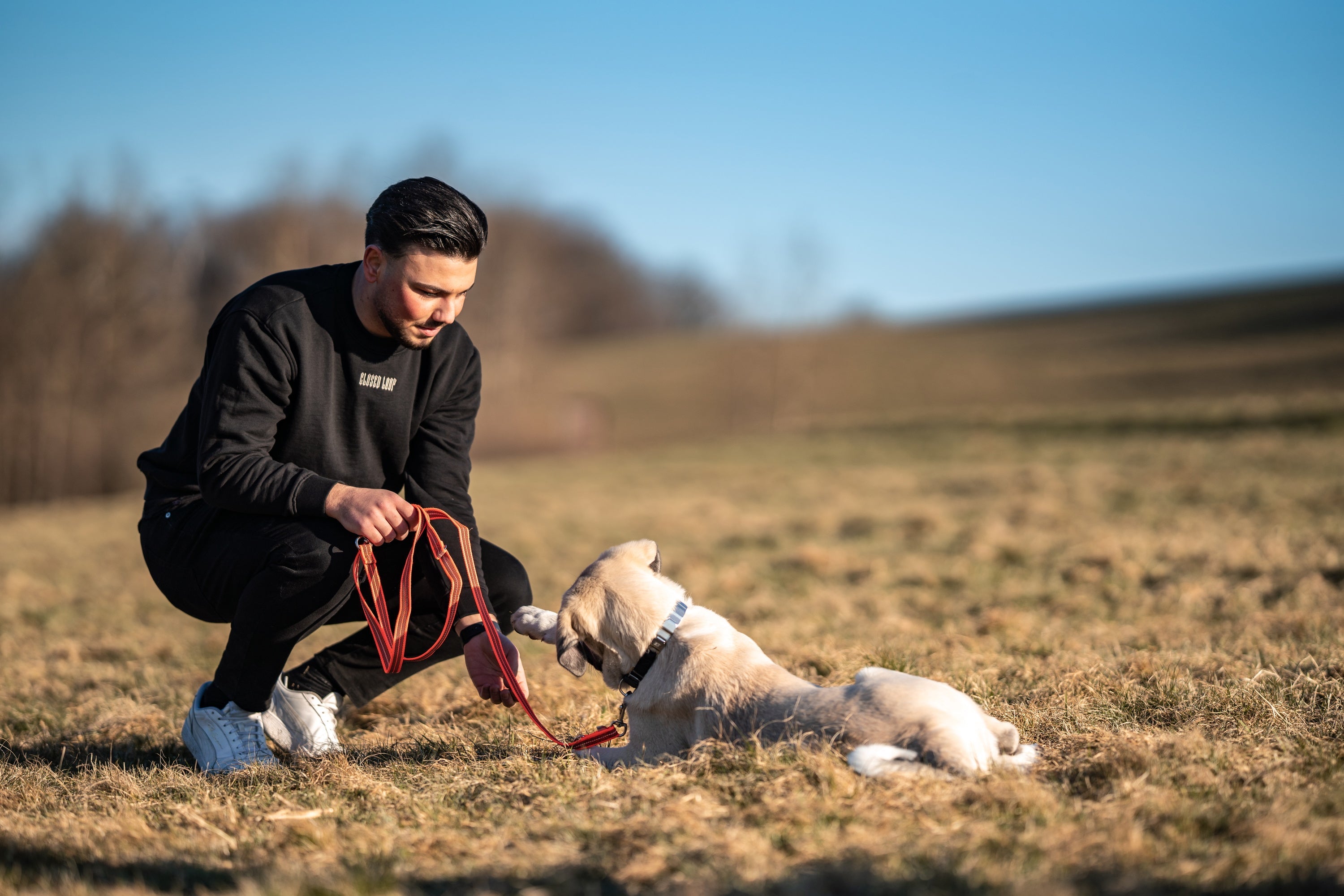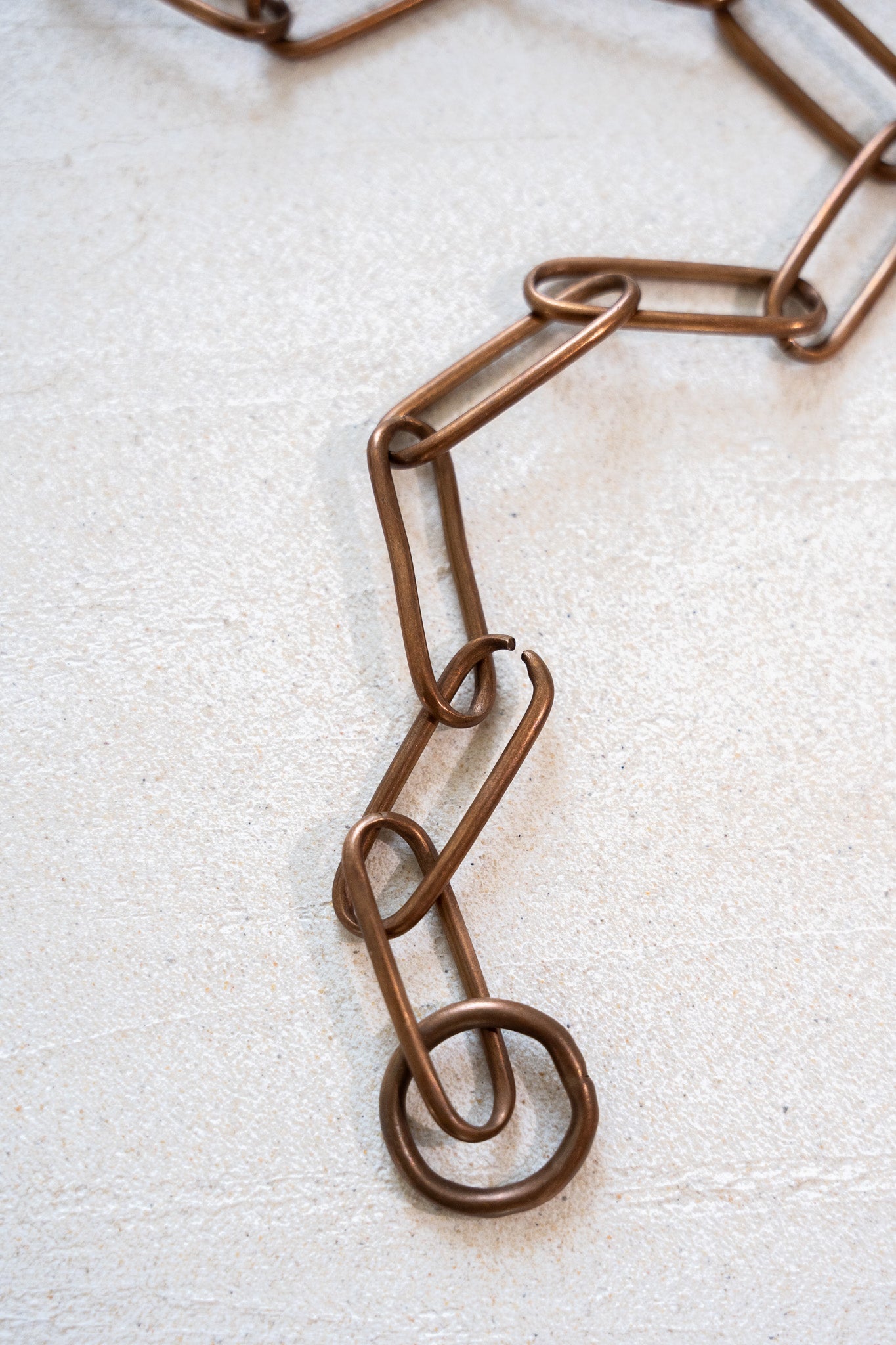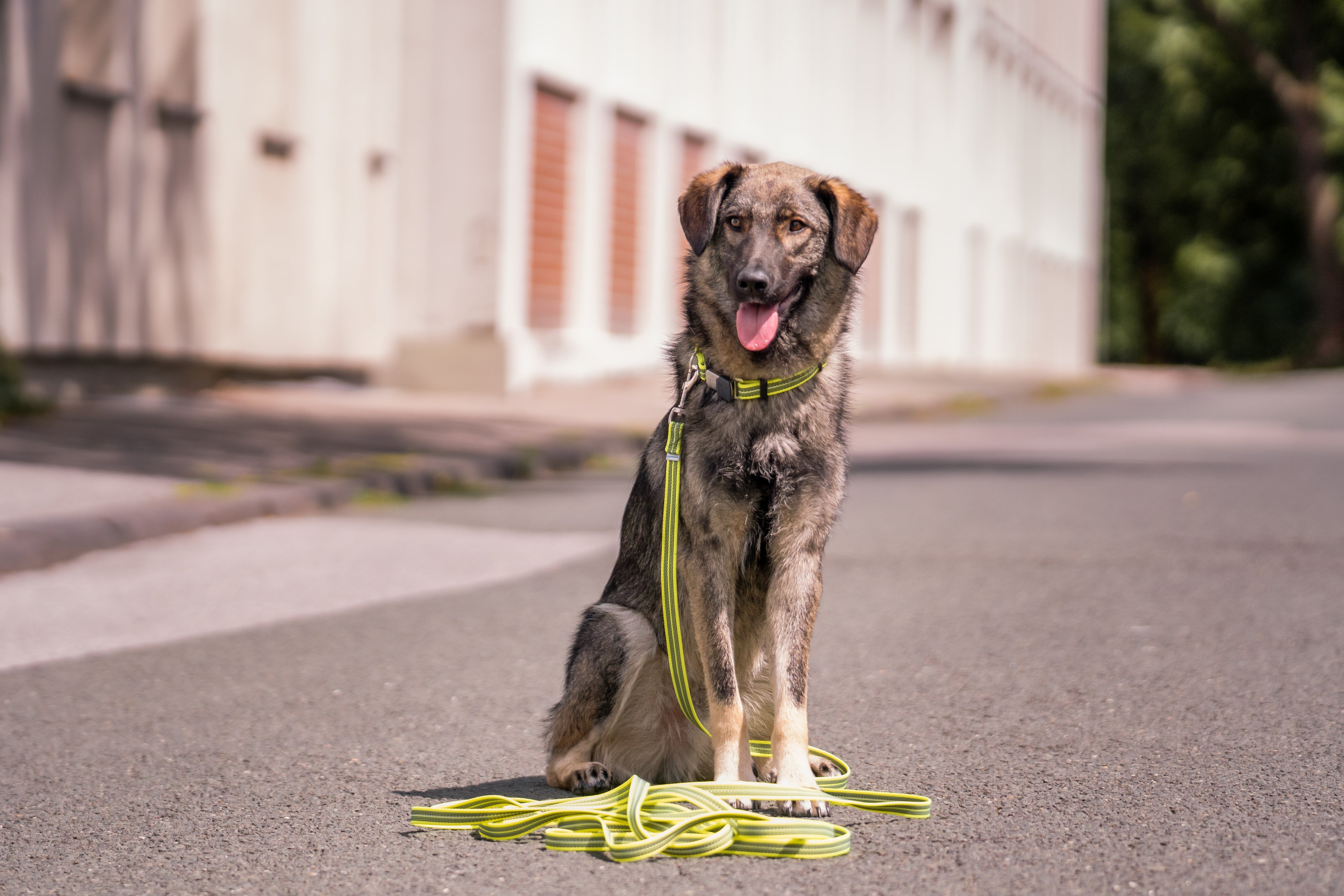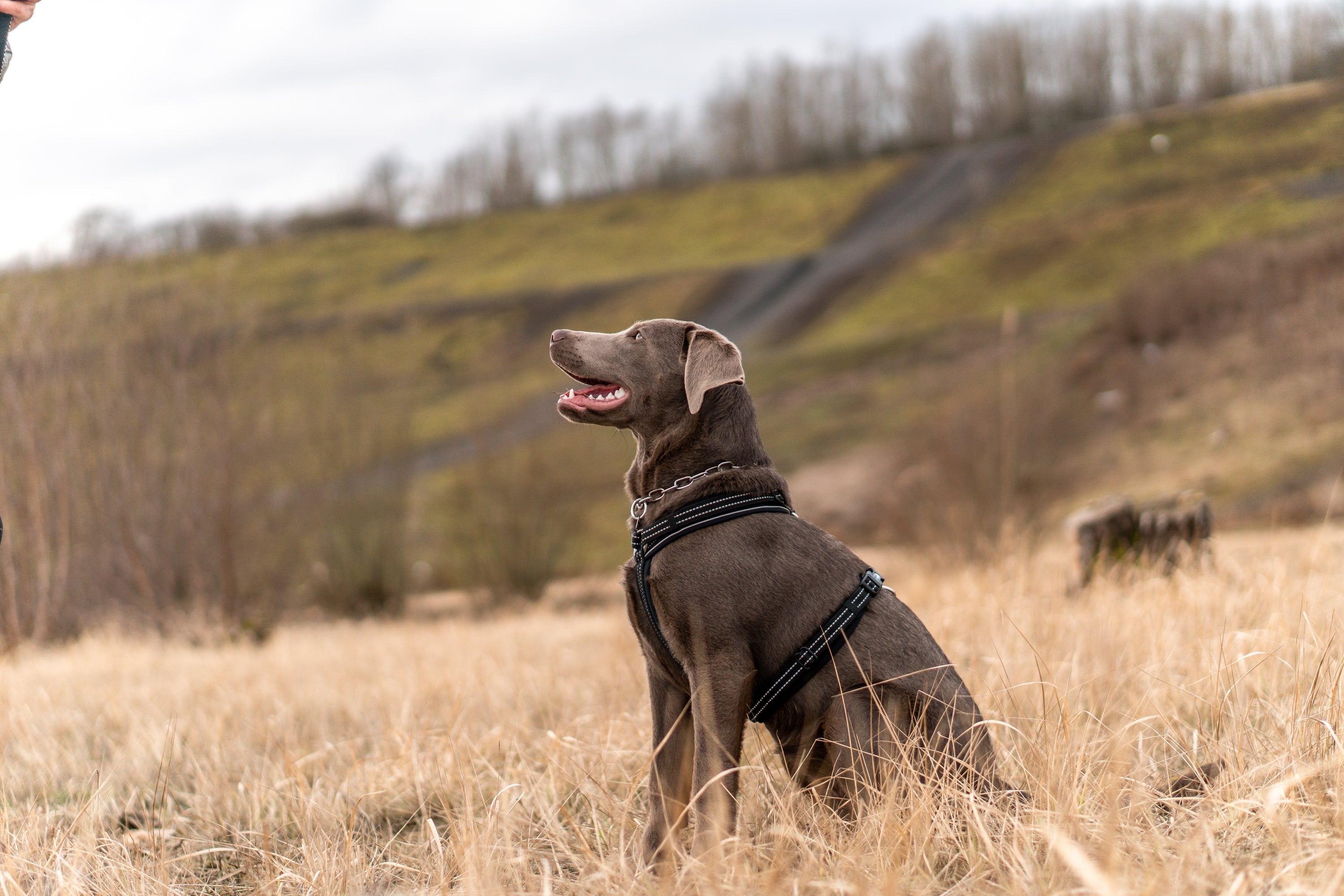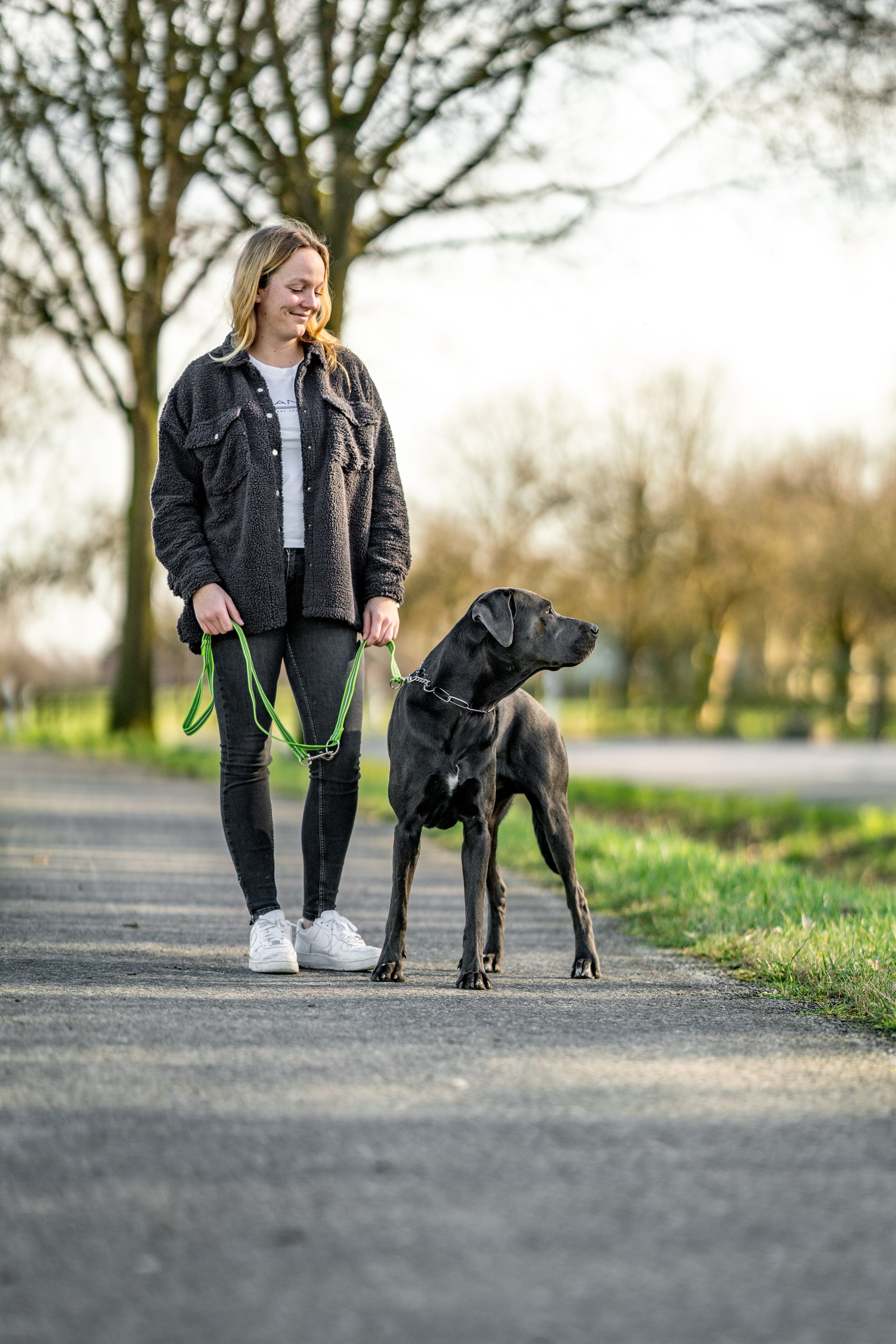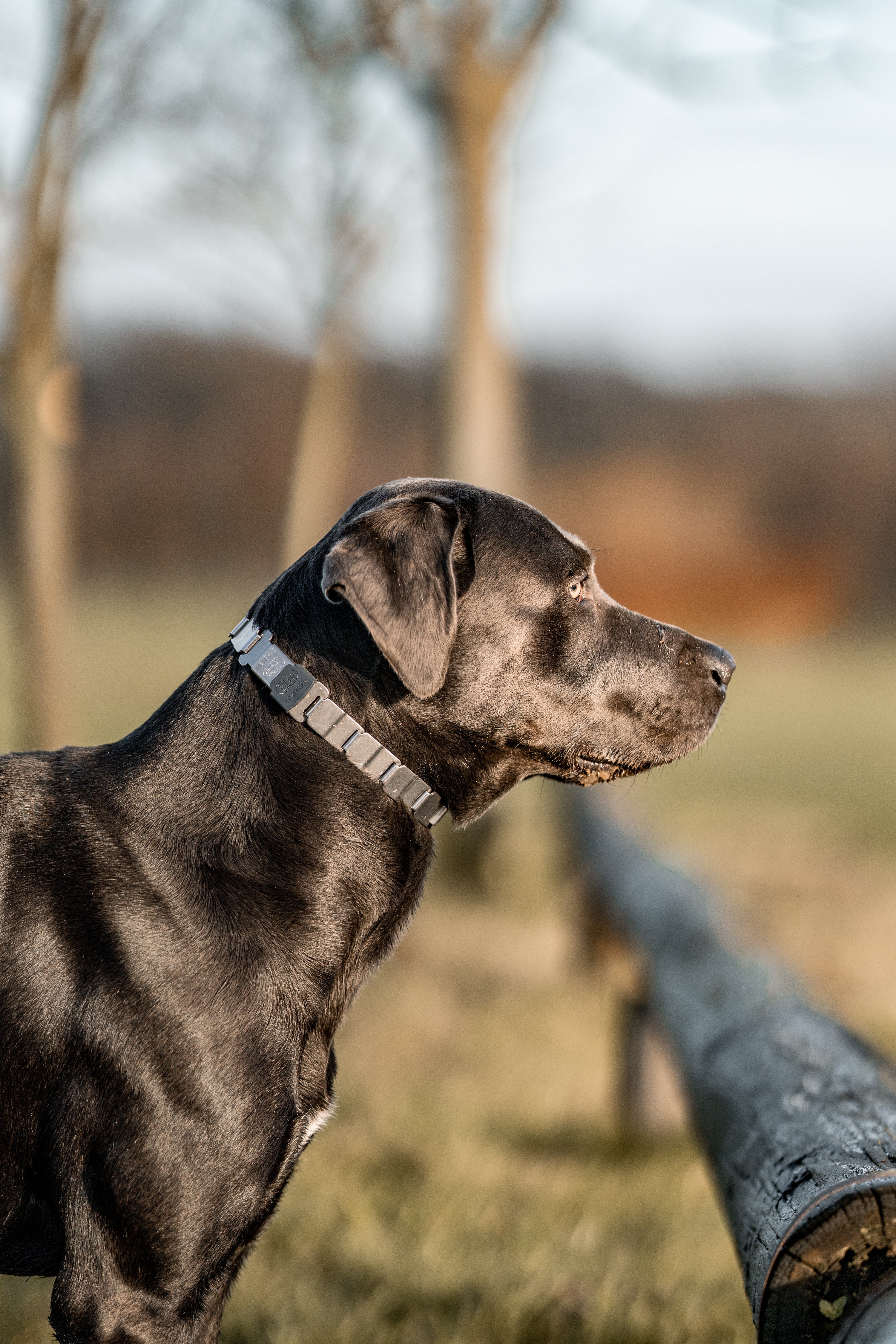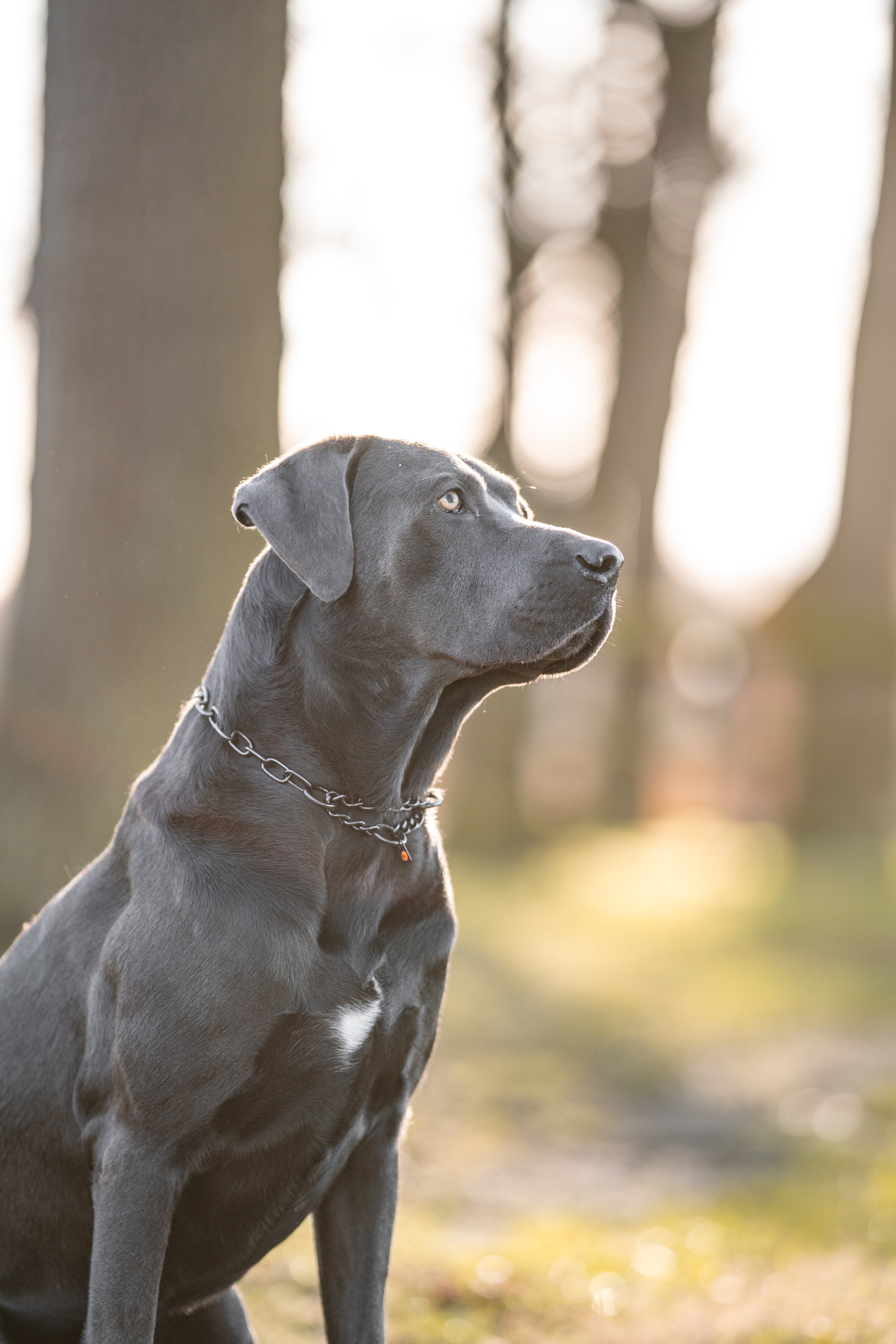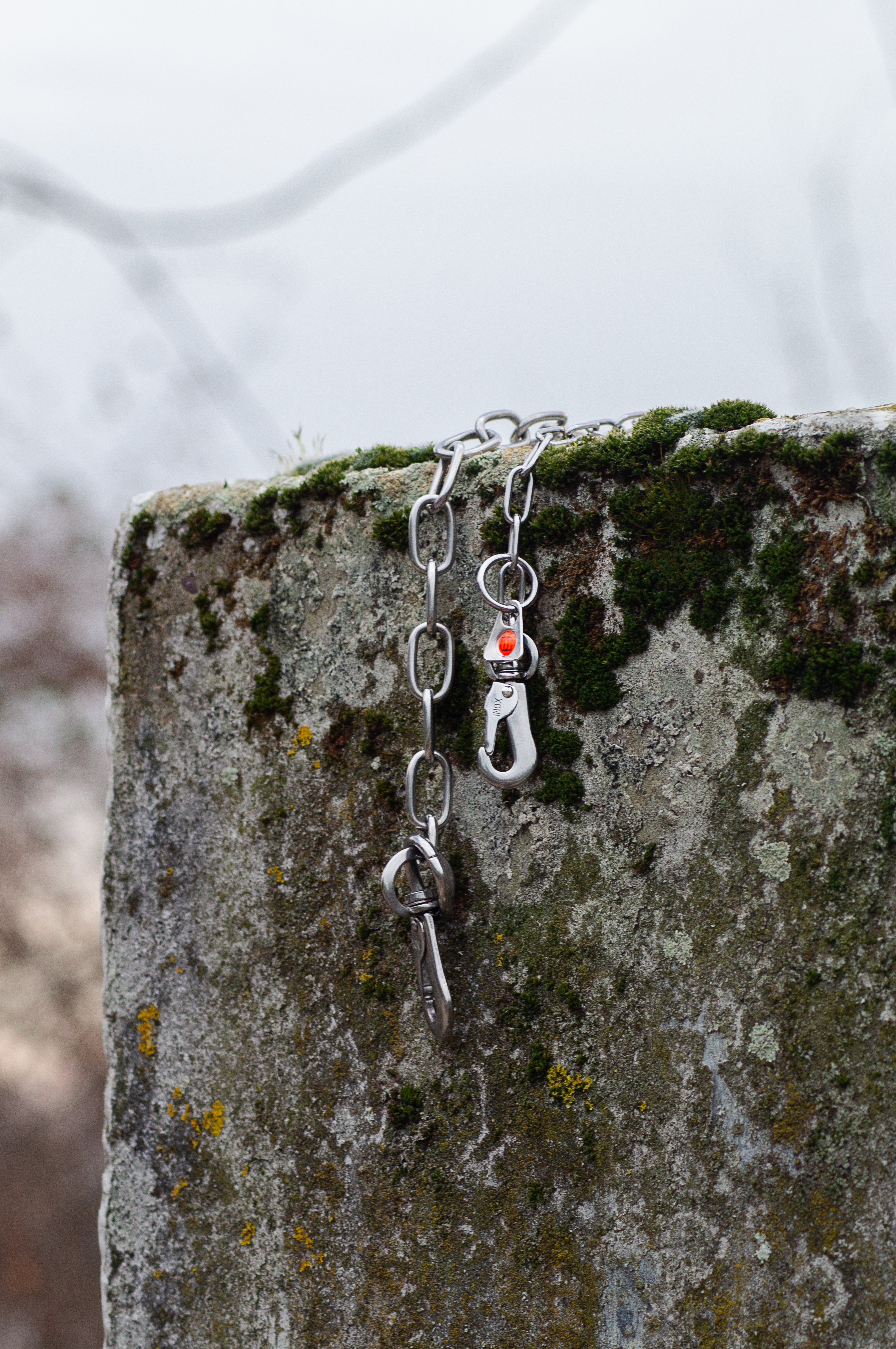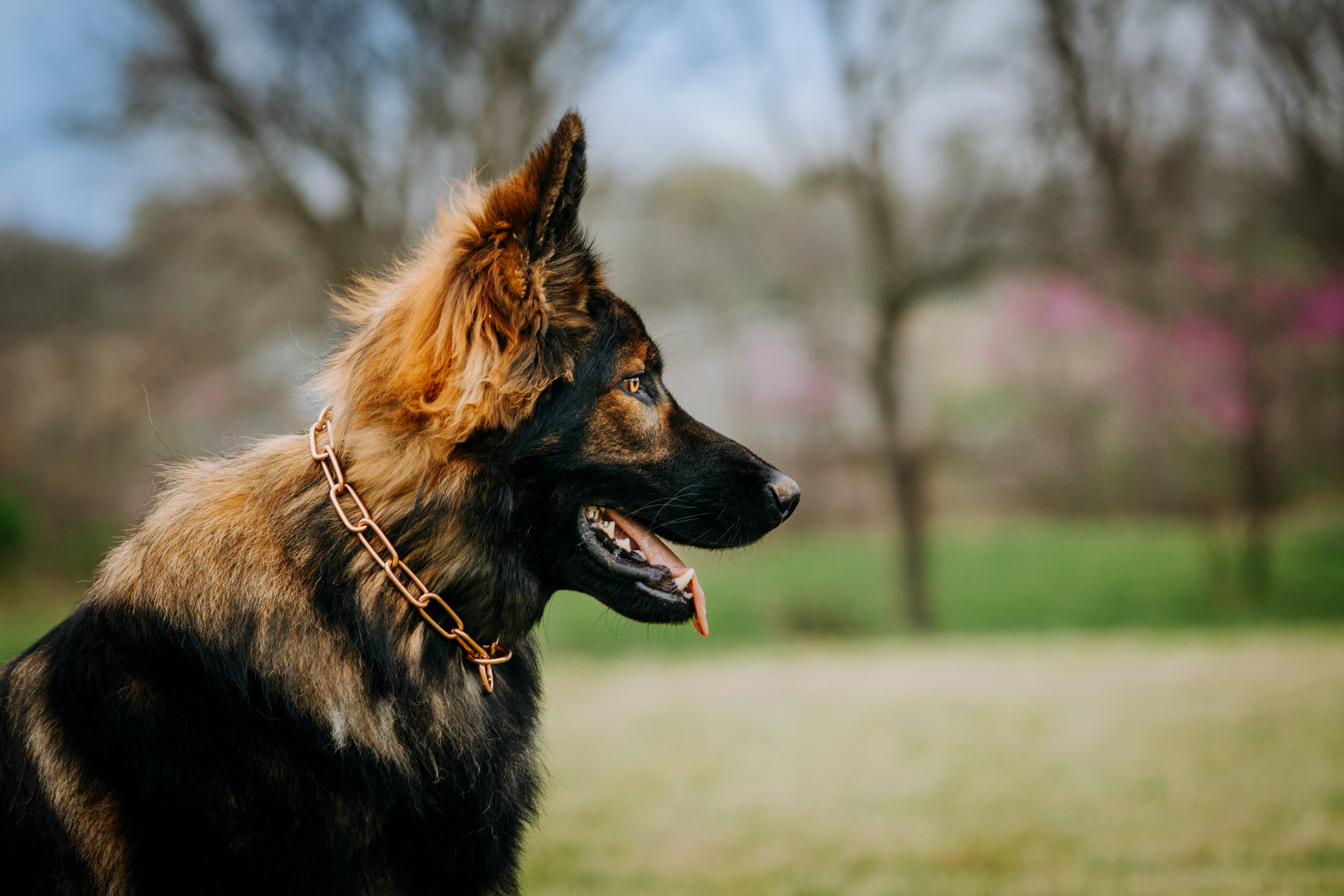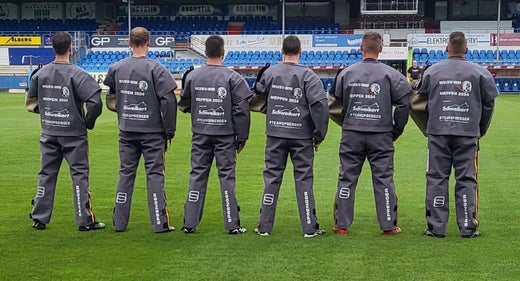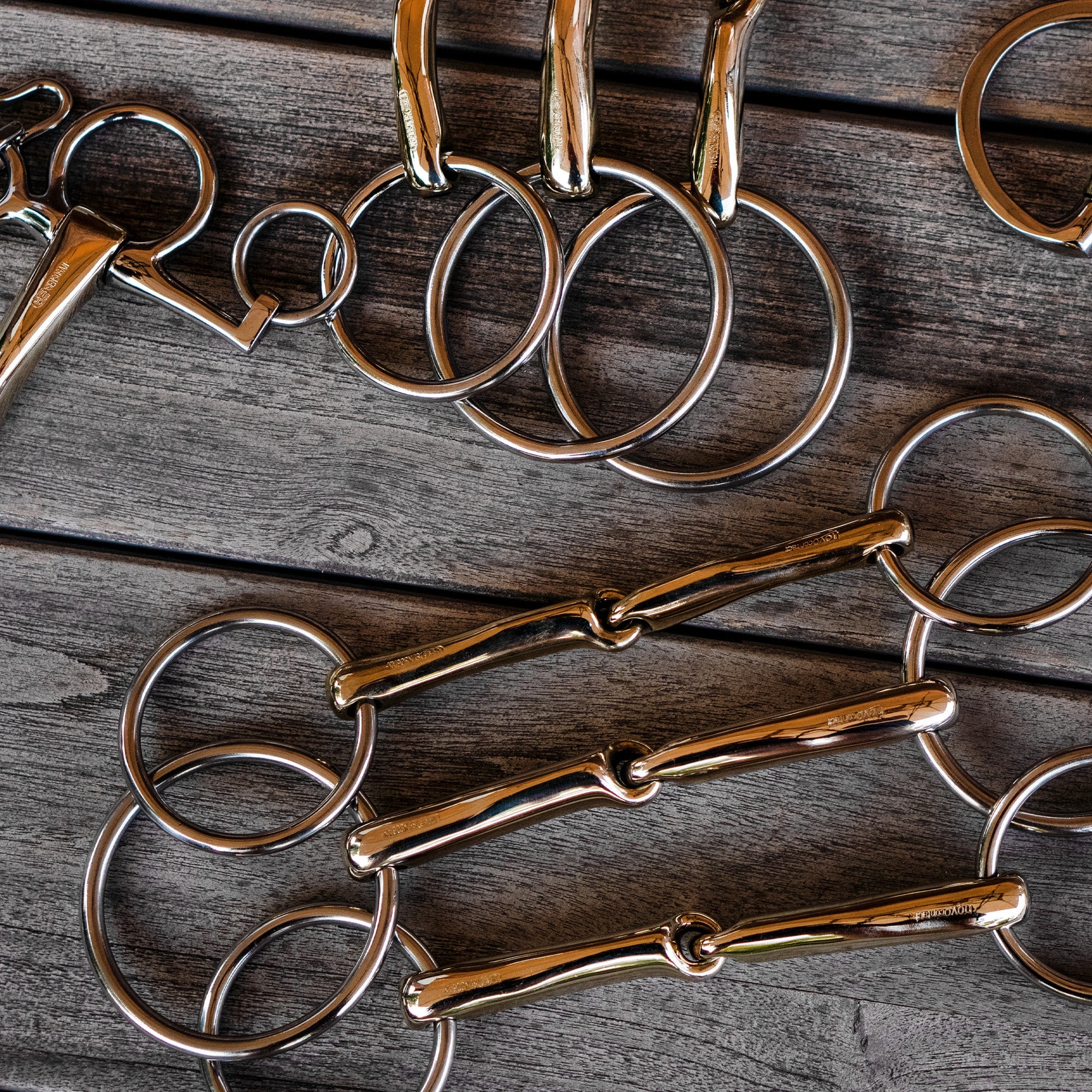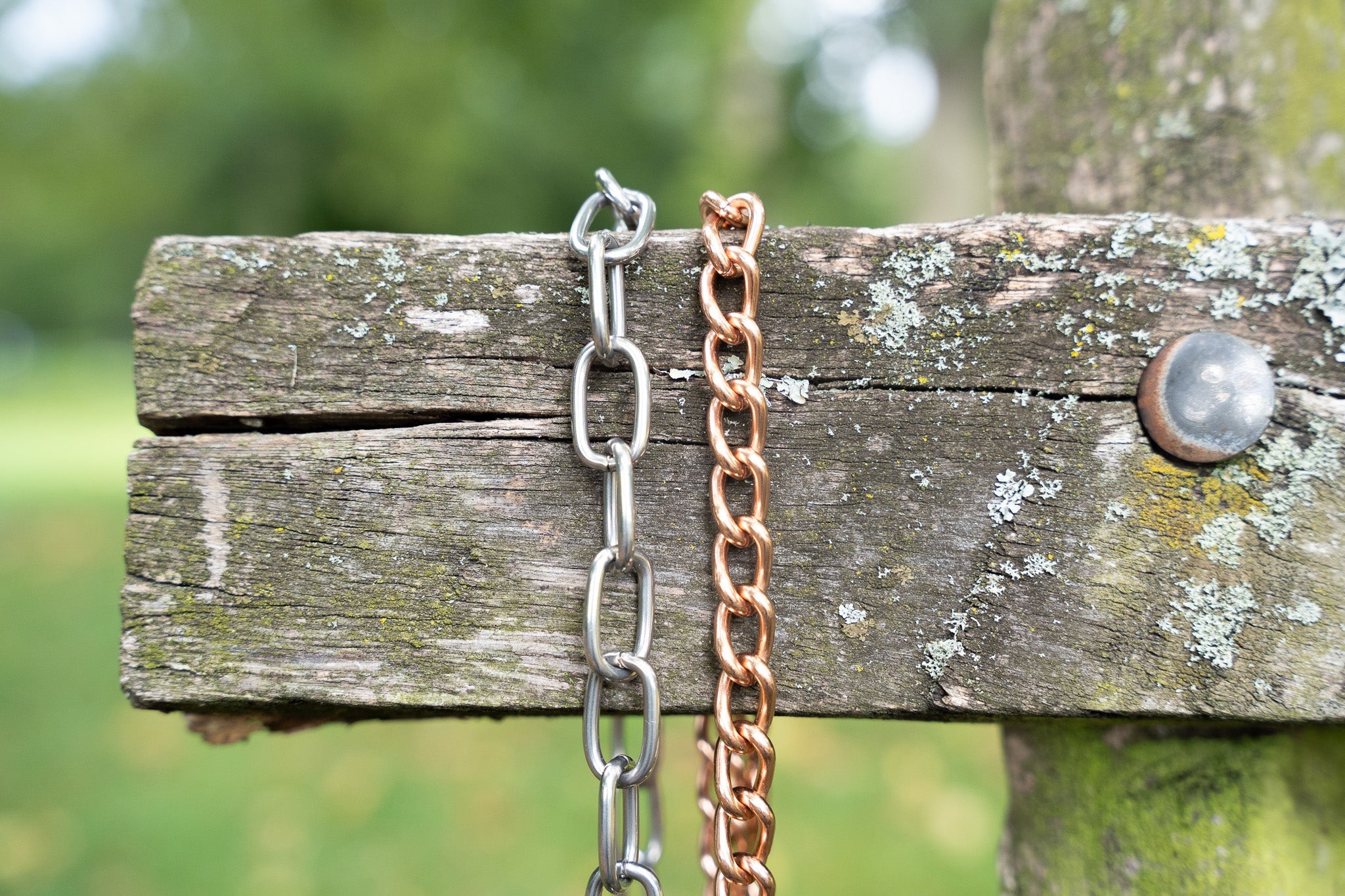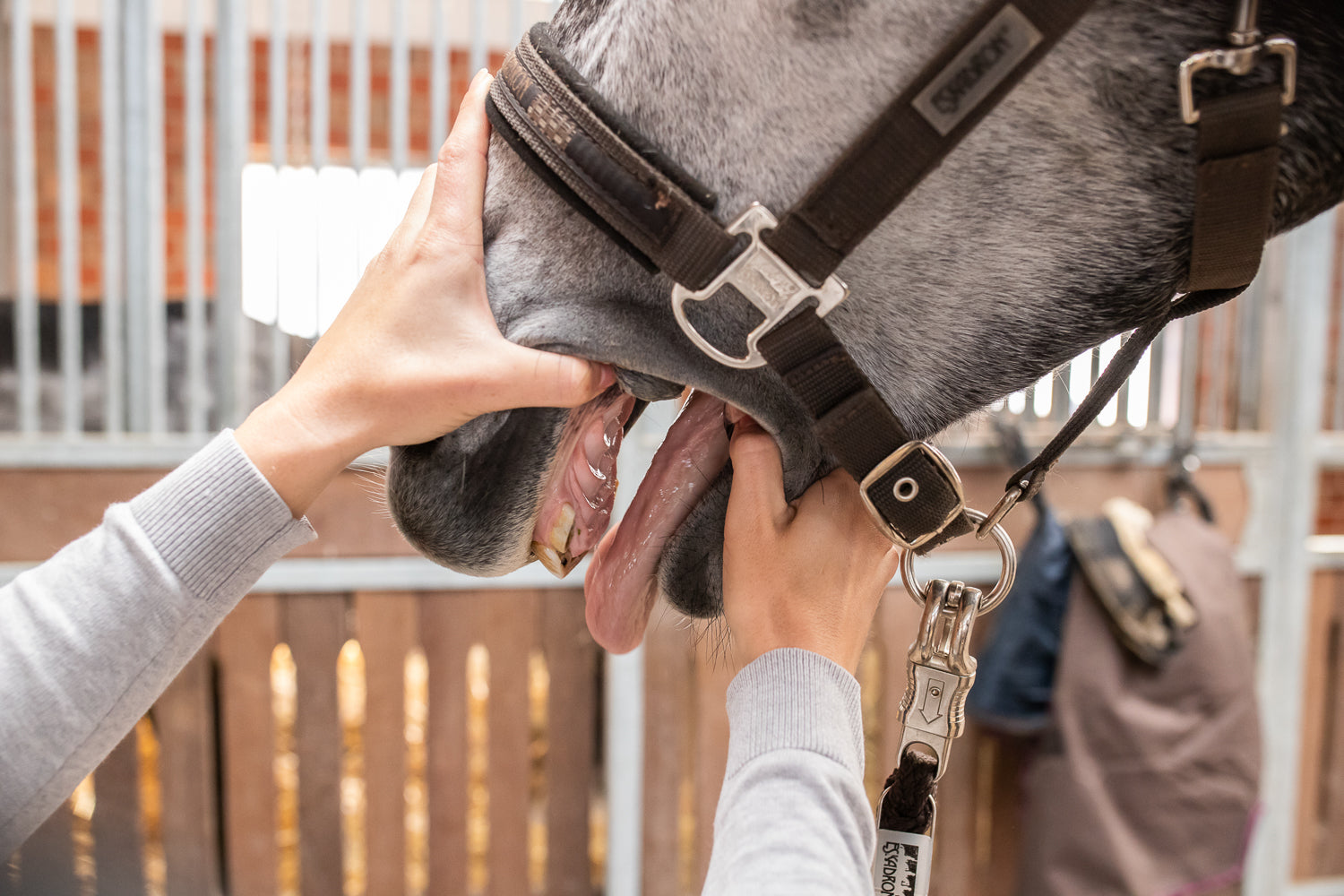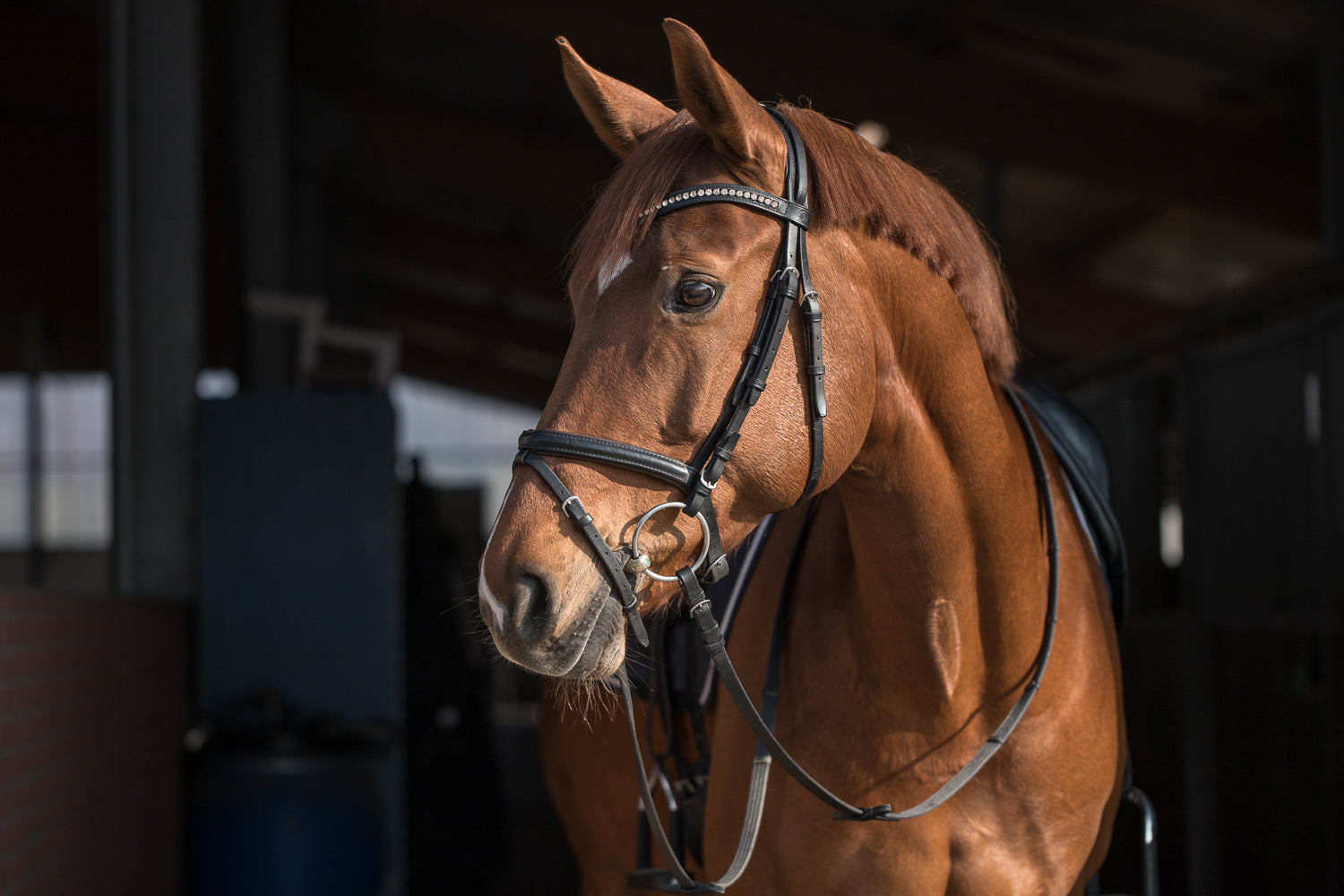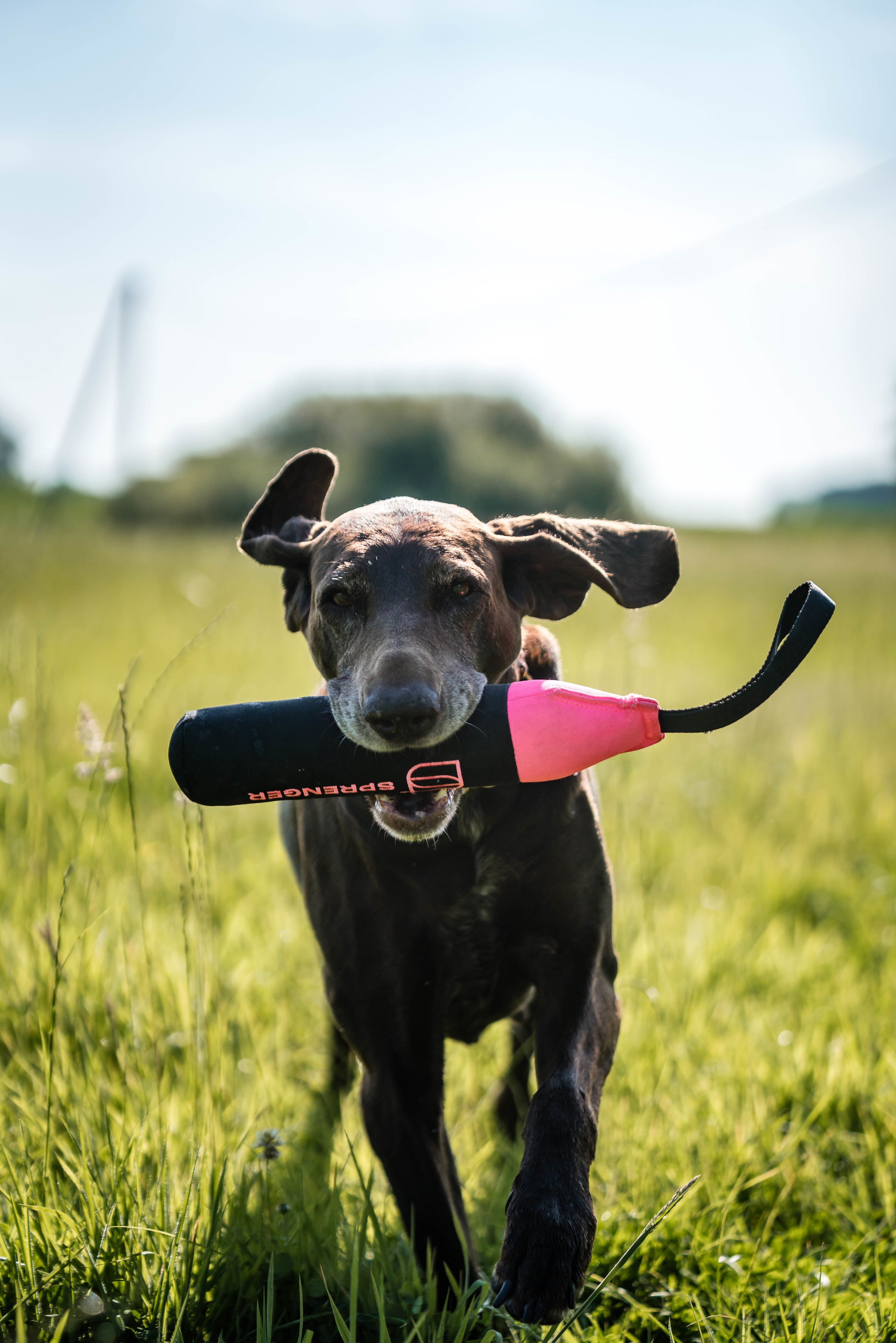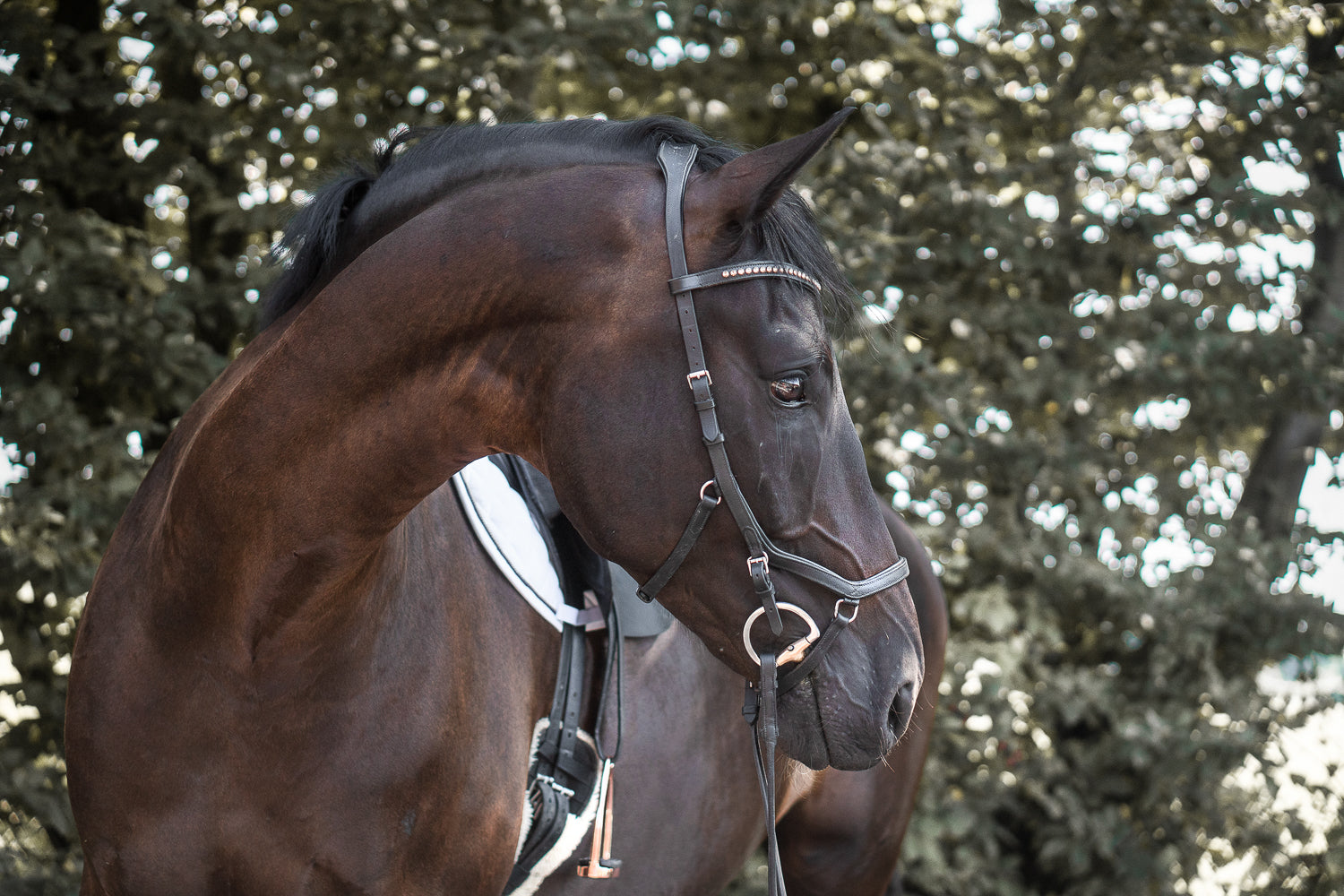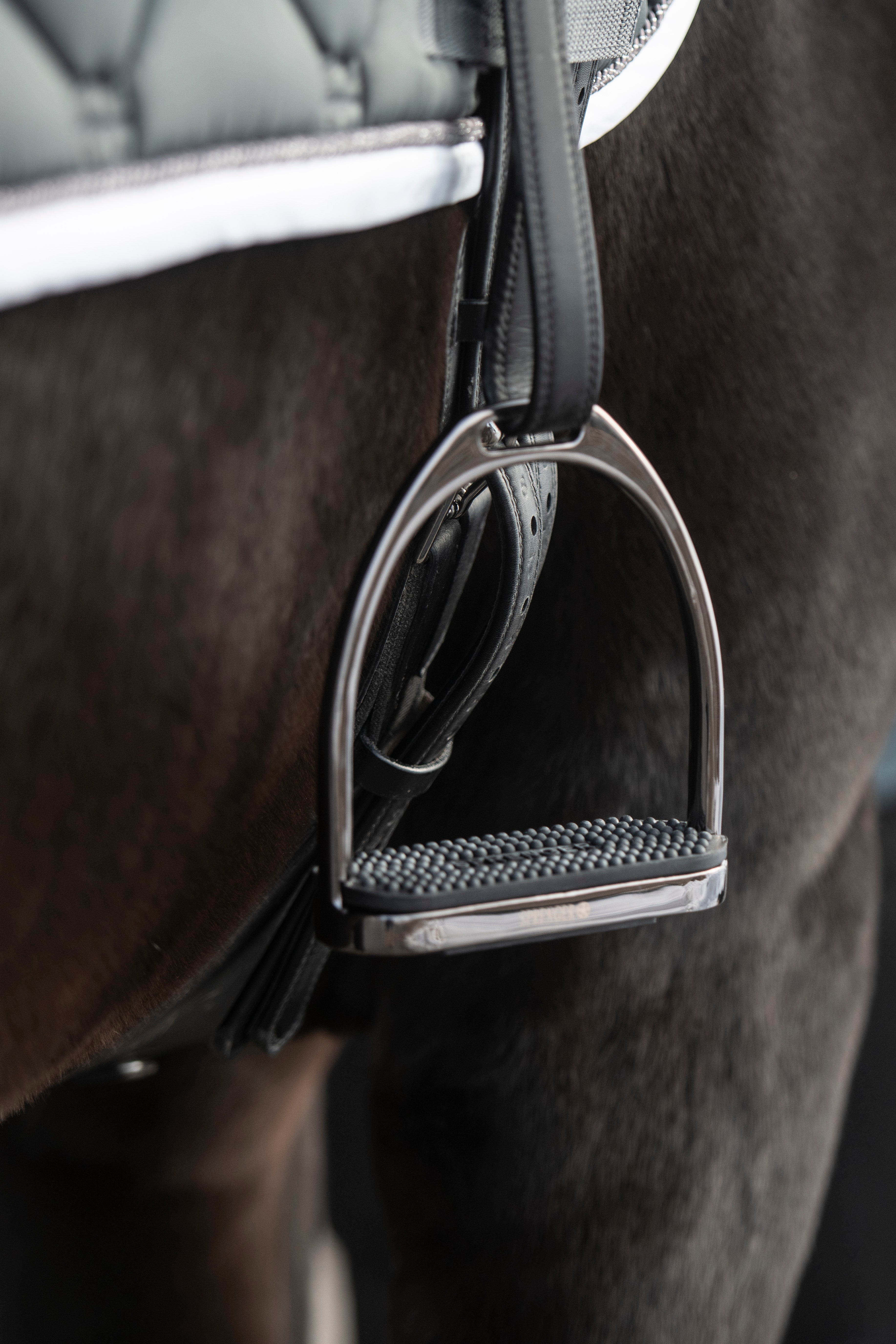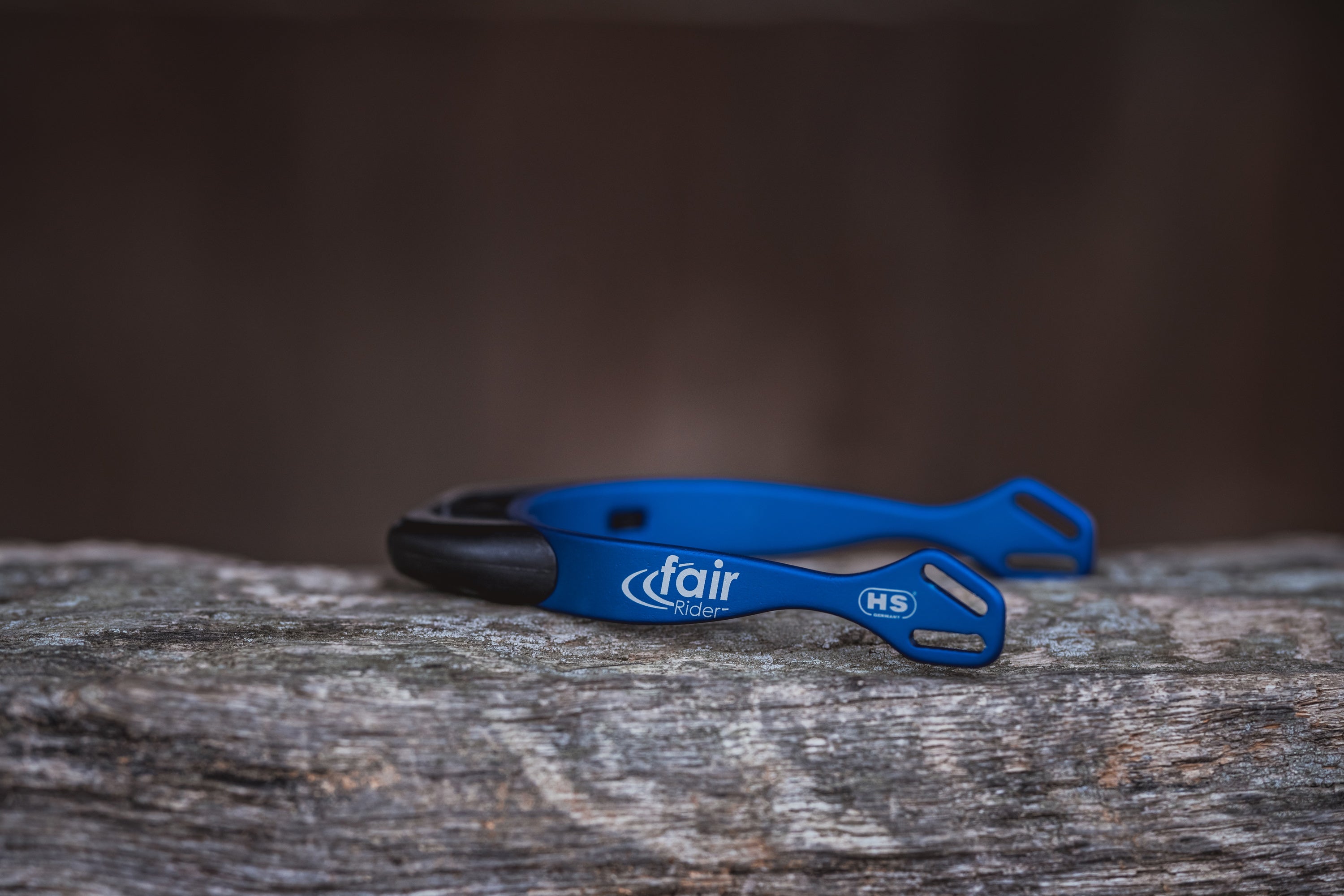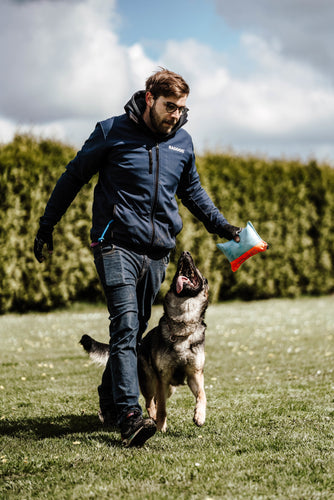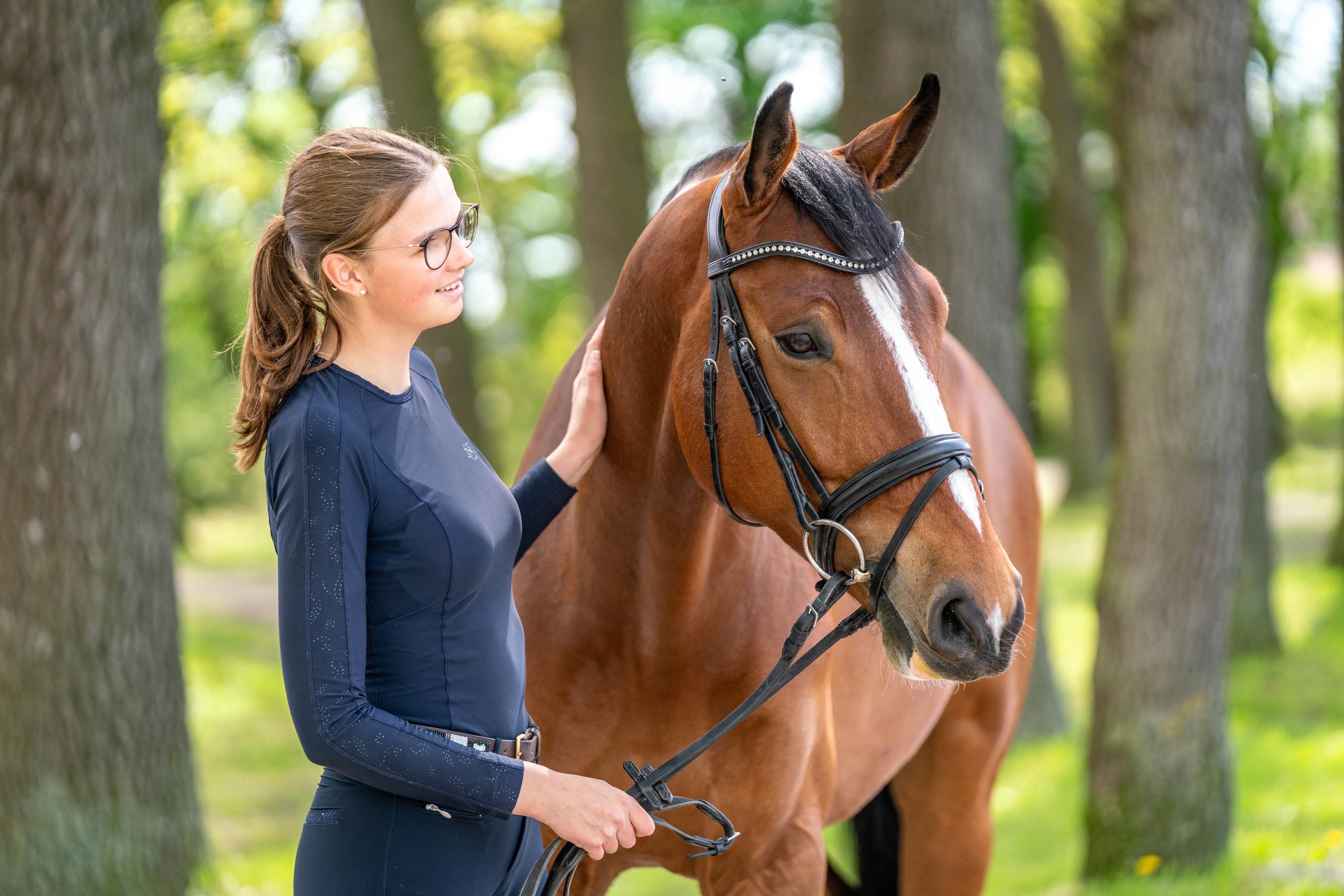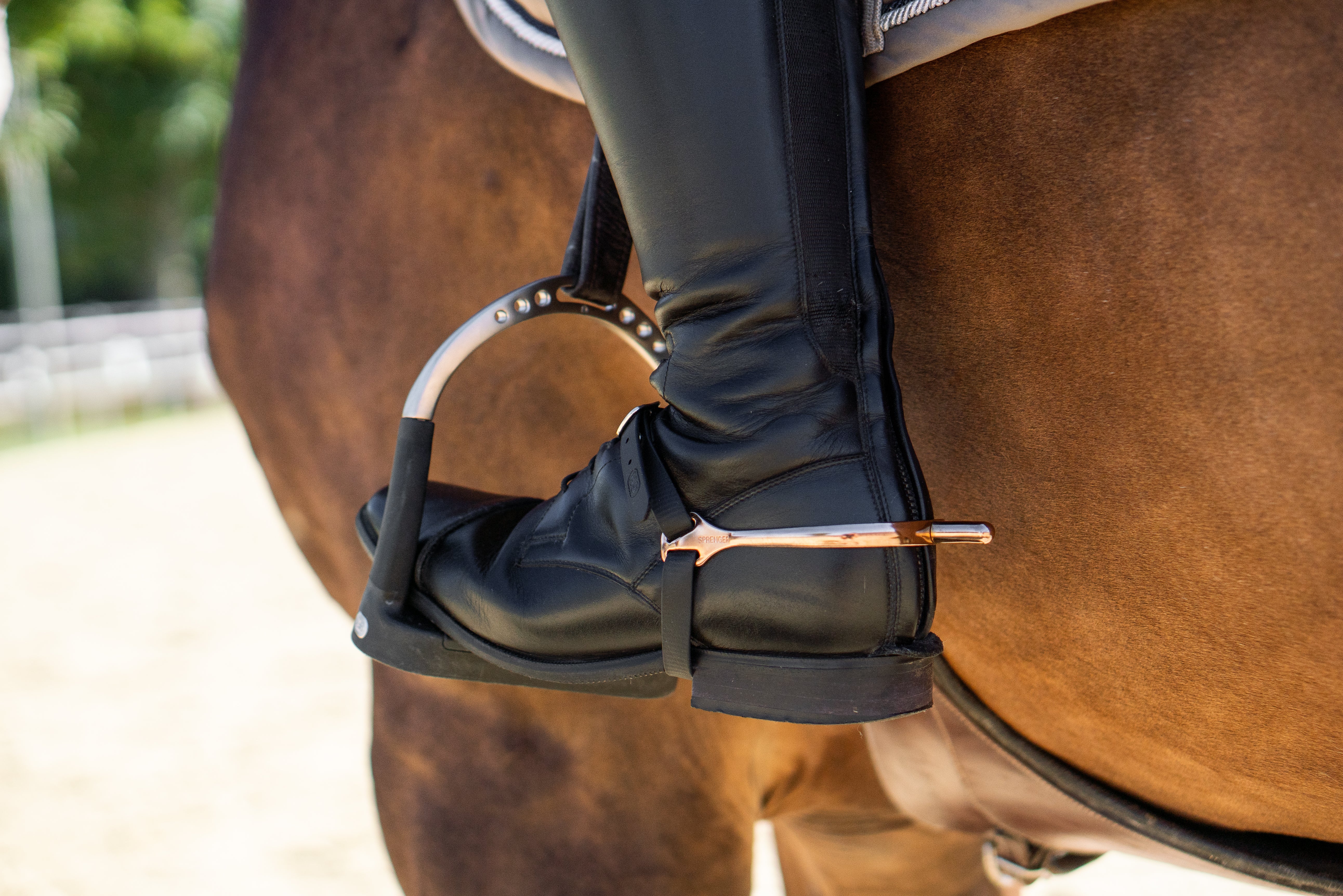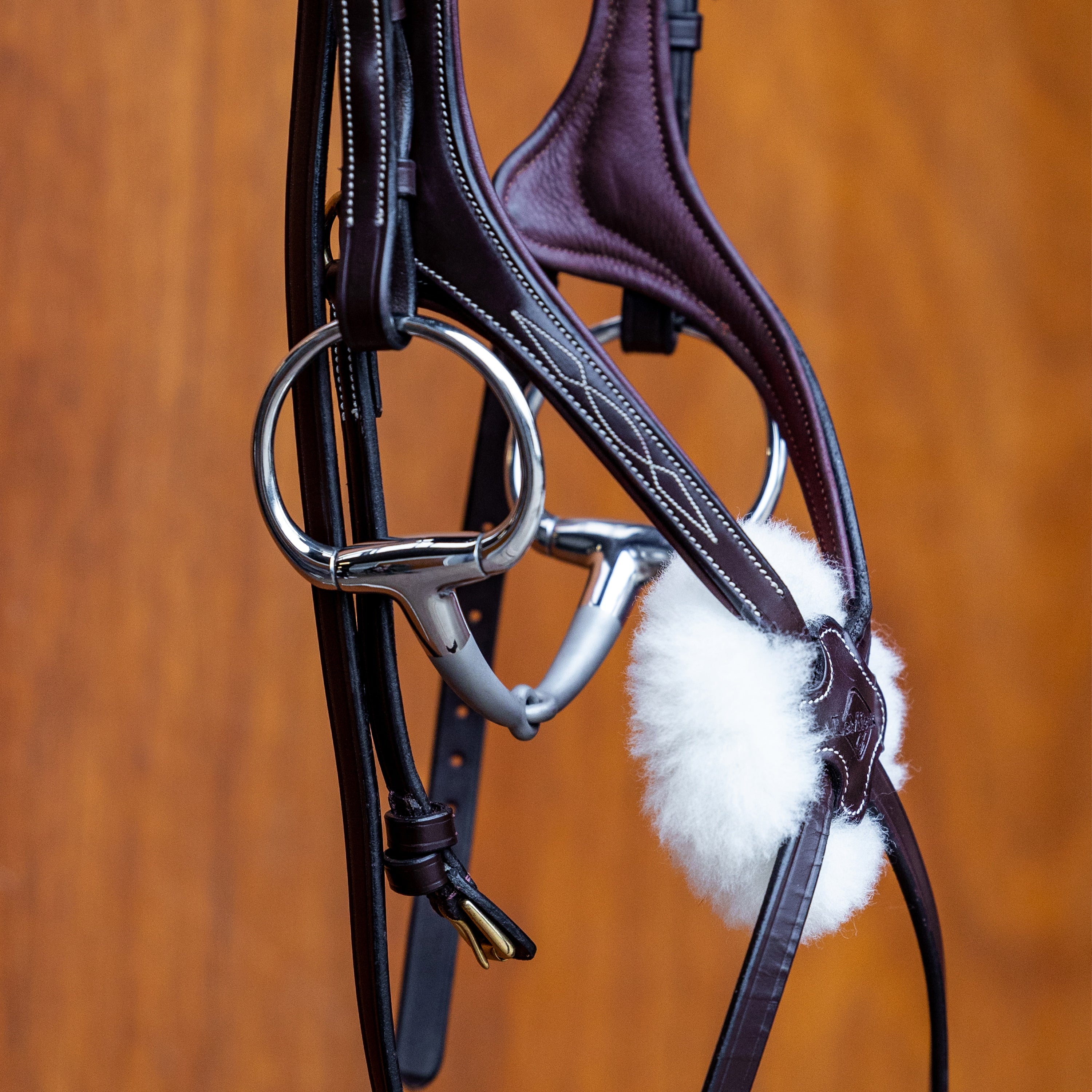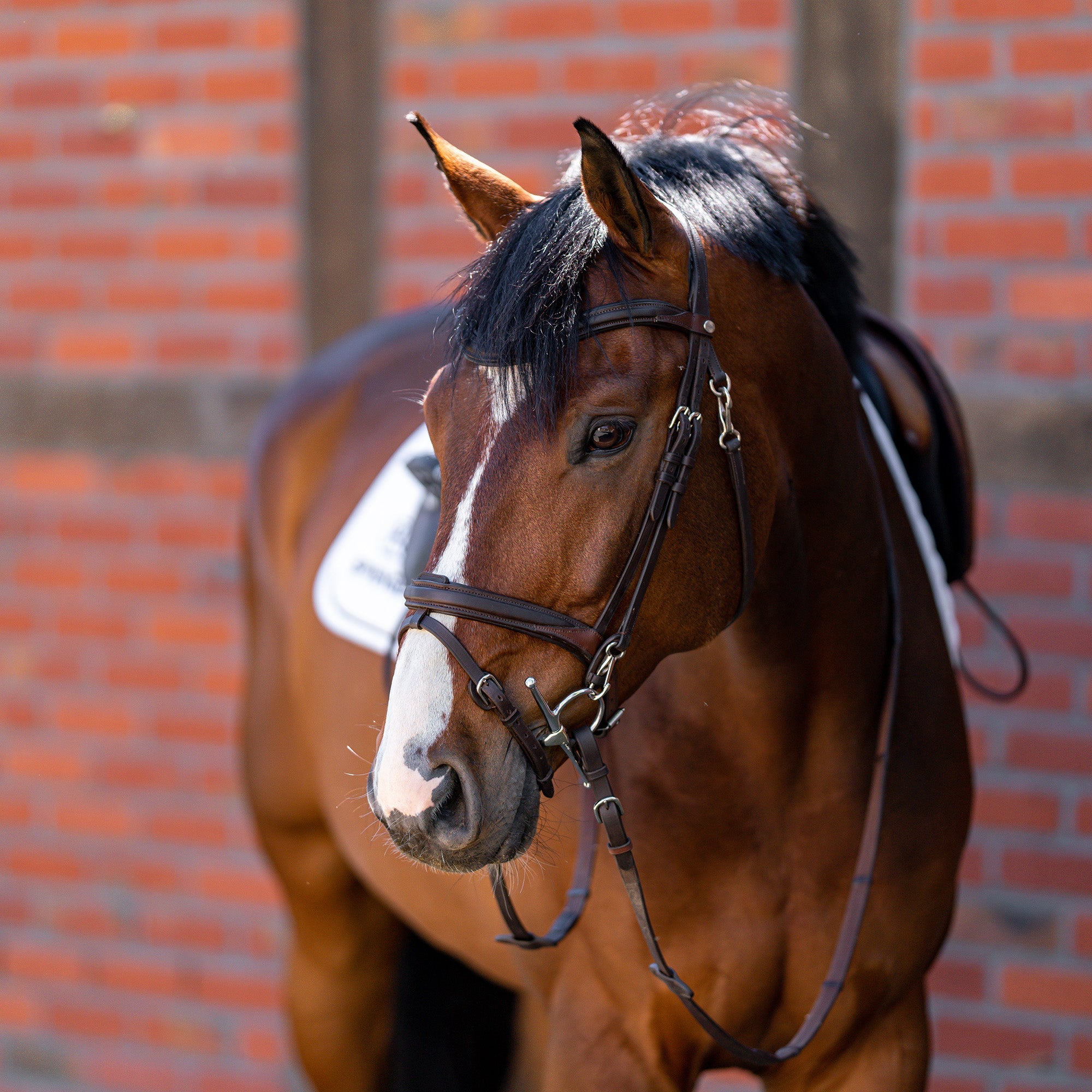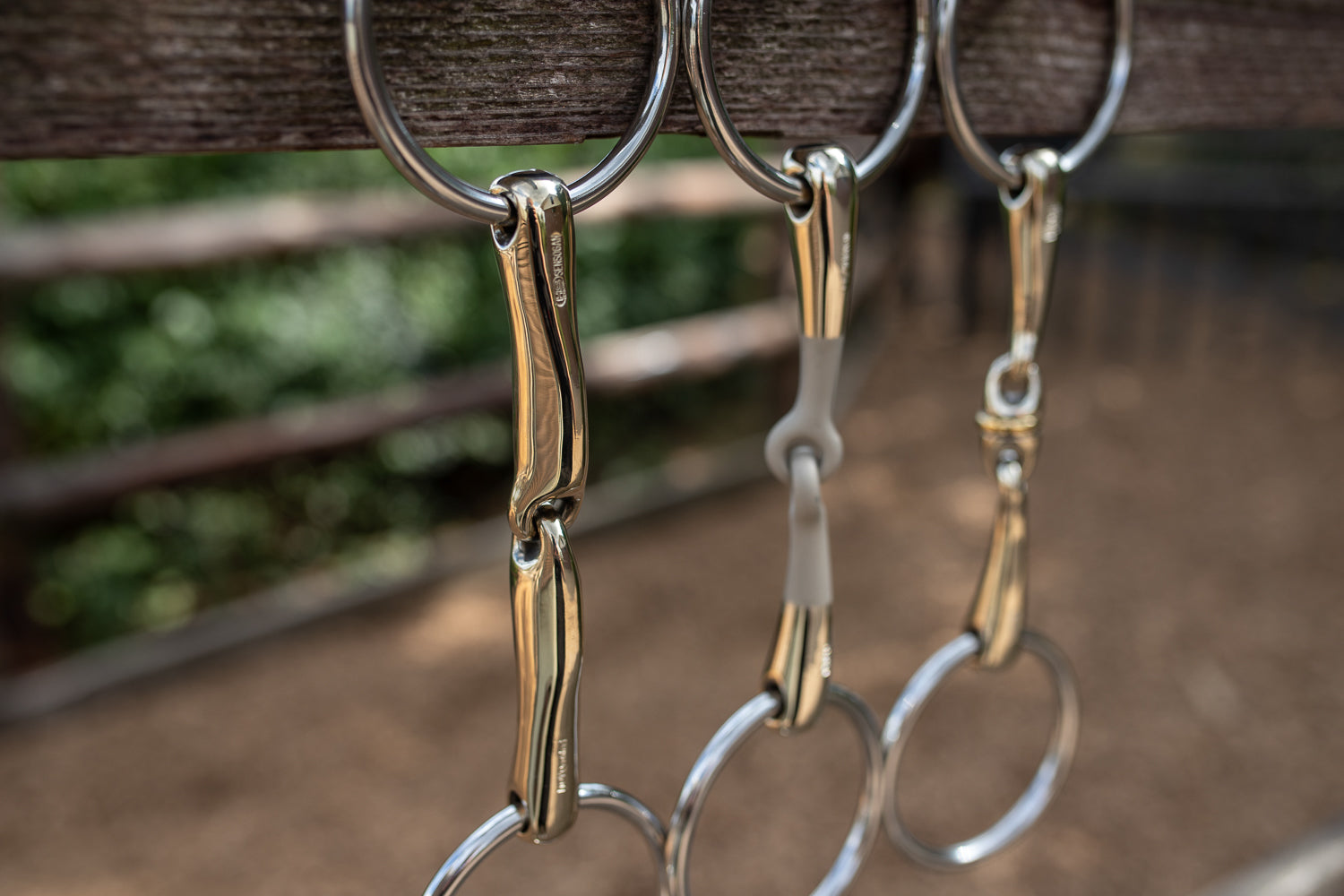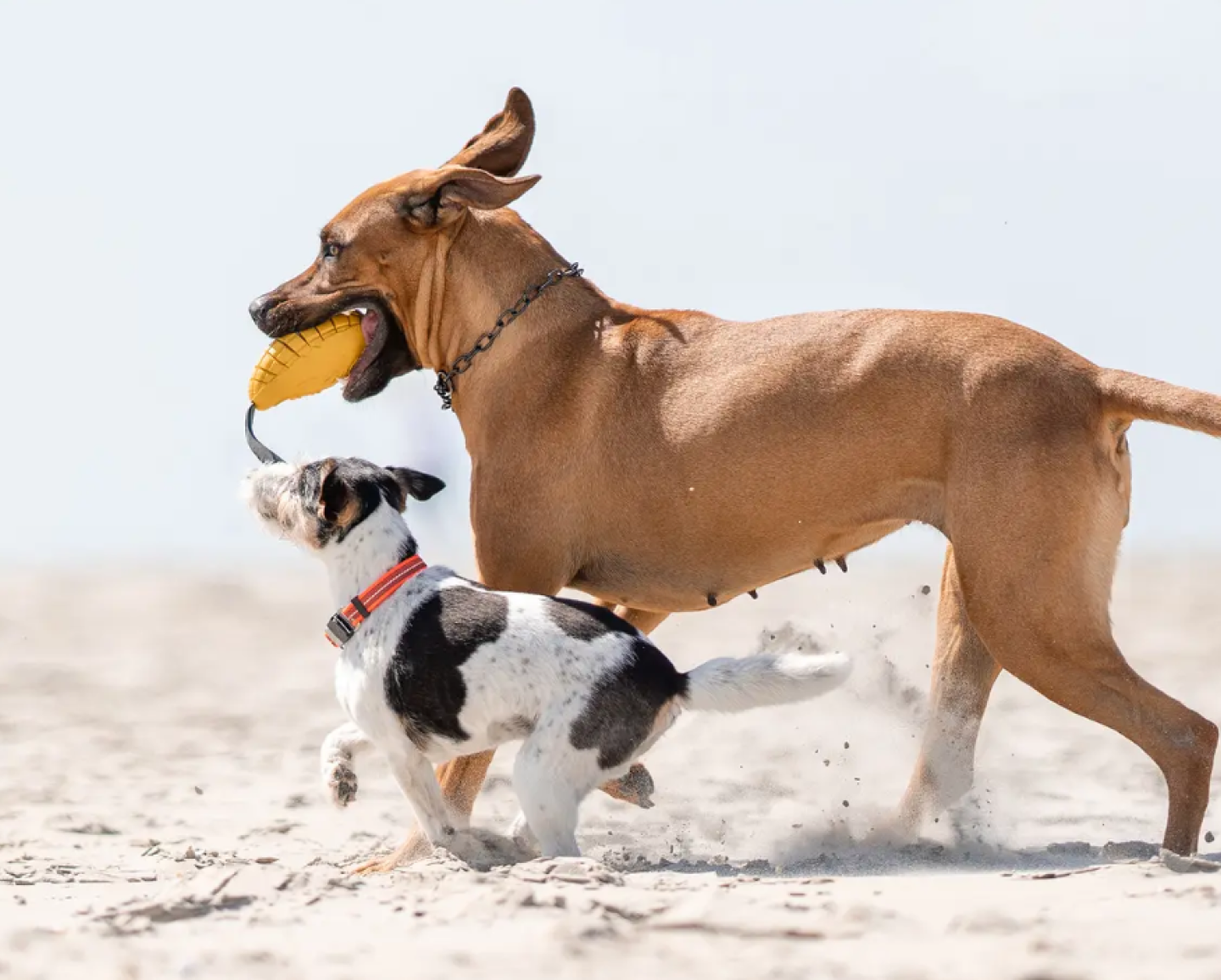Why is VC® 17m banned?
Following testing of the product by the Finnish Agency for Safety and Chemicals (TUKES) for compliance with the EU Biocidal Products Regulation, International® has removed the antifouling from its product range. According to the new regulation, only products with a maximum copper dissolution rate of 15 µg/cm2/day may be used from now on. A transitional regulation provides for a period of 365 days for processing. The product will still be available on the market until 30.04.2024 while stocks last.
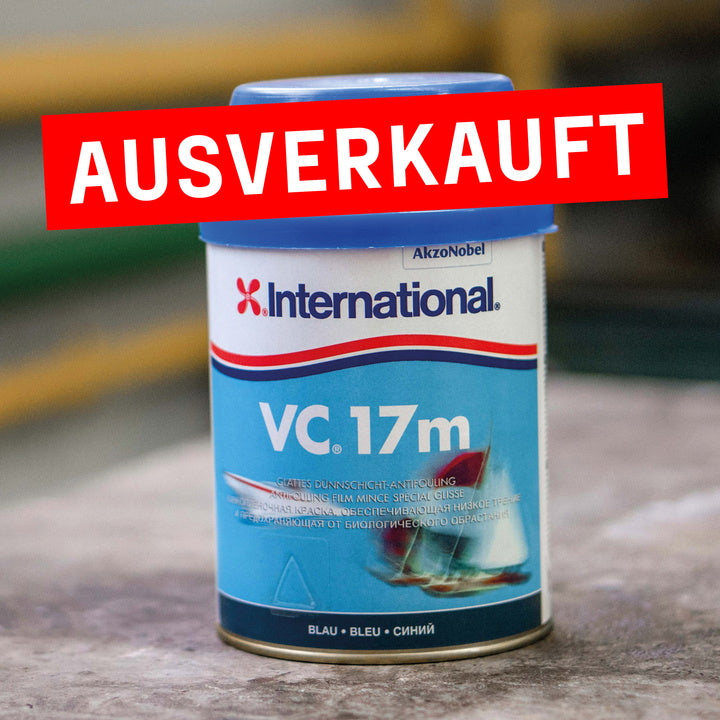
VC® 17m Advantages
If you are looking for a thin-layered and smooth antifouling, VC® 17m is the right choice. It dries within 20 minutes to a super smooth surface without sanding. Due to its uncomplicated application, VC® 17m is particularly popular with motor and sailing boats in the Baltic Sea, the Mediterranean and in freshwater areas. The thin-film antifouling can still be used until 02.11.2024.
Advantages:
- extremely smooth surface without sanding
- multi-year performance
- compatibility: GRP, wood, steel/iron, lead
- can be applied to almost all existing antifoulings
- coverage: 9-10m²/l
- can be soaked in water after just 20 minutes
- unlimited storage after painting
- coatings: 2-3
- 2 colors to choose from: graphite, blue
Notes:
- processing temperature should be above 5°C
- contains biocides
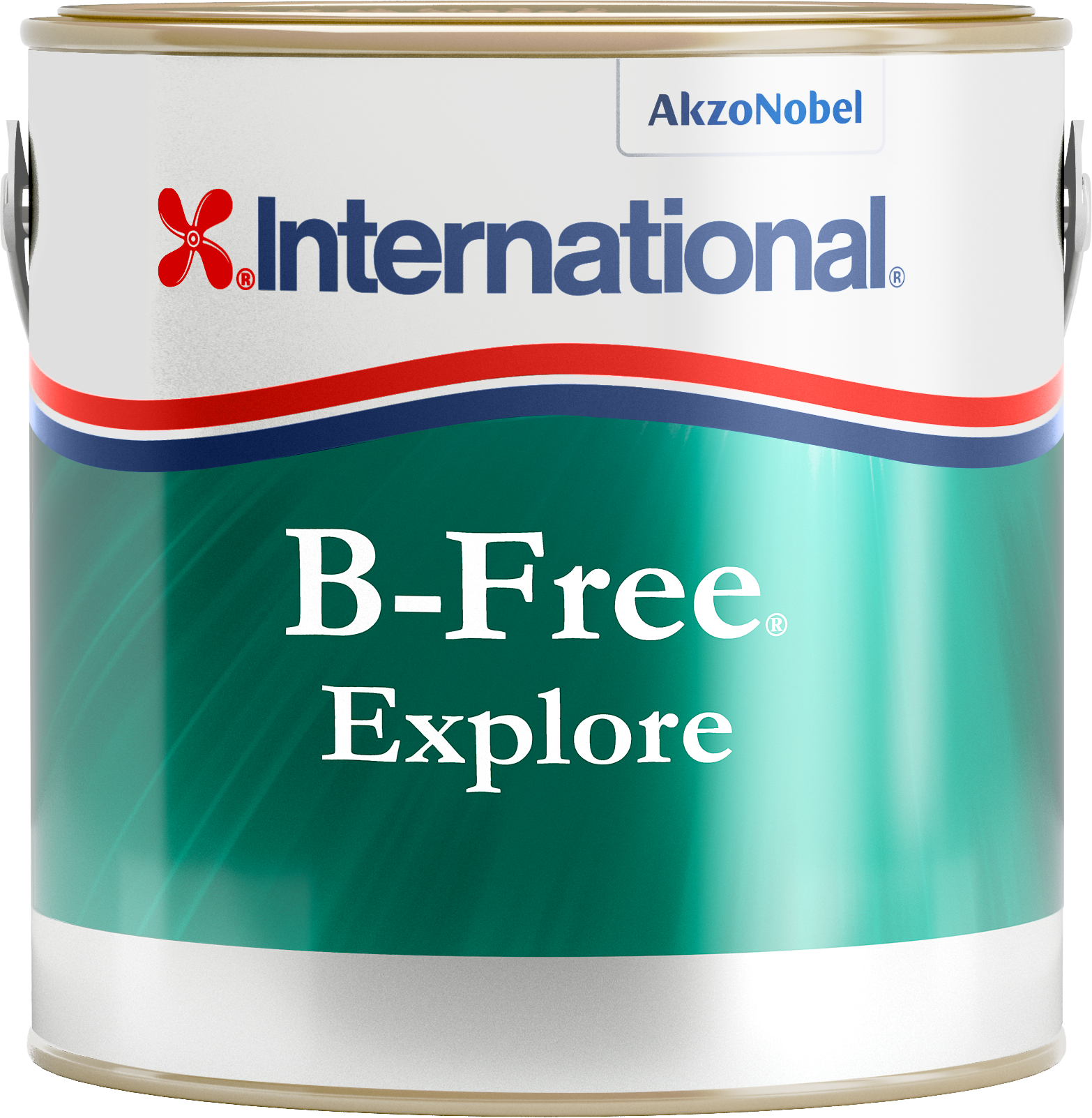
VC® 17m alternatives from International®
B-Free Explore - the new biocide-free anti-fouling product
B-Free Explore is a biocide-free anti-fouling product that controls fouling through smoothness and slip. The silicone-based anti-fouling also has a positive effect on fuel consumption thanks to the low-friction surface. A major advantage of B-Free Explore is its compatibility with all boat materials after prior priming. The extreme smoothness (equivalent to or even higher than VC® 17m) allows a fast boat to 'drive off' algae slime while underway.
Advantages:
- biocide-free
- smooth, slippery surface
- multi-year performance
- with the appropriate primer, B-Free Explore can be used on all types and sizes of boats (incl. aluminum, steel, GRP, wood)
- easy cleaning of the surface, as fouling is difficult to adhere to
- passive cleaning through friction in the water
- 4 colors to choose from: black, navy blue, red, white
- number of coats: 2-3
- coverage: 9-10m²/l
- drying time between 2-7 hours (depending on temperature)
- B-Free can remain in water for approx. 2 years without repainting
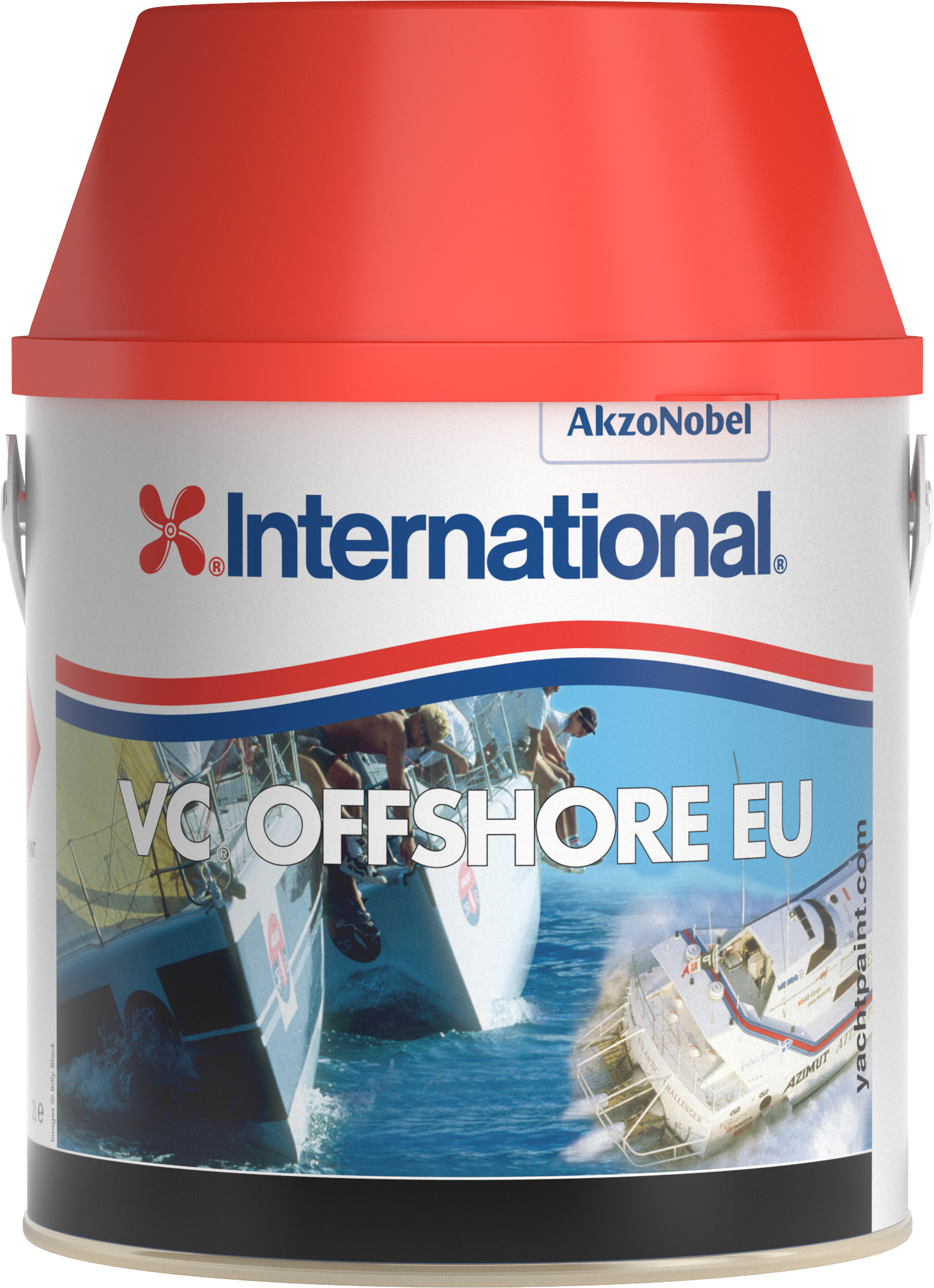
VC® Offshore EU
The high-performance antifouling VC® Offshore EU is suitable for all fouling conditions on motor & sailing boats. The product produces a very smooth and low friction surface that produces a hard smooth finish that can be polished with very fine wet sandpaper.
Advantages:
- multi-year performance
- compatibility: GRP, wood, steel/iron, lead
- can be applied to almost all existing antifoulings (incl. VC® 17m)
- yield: 10.8-12m²/l
- drying time 30min, 1.5h between coats
- maximum storage after painting: 6 months
- coatings: 2-3
- 4 colors to choose from: black, navy blue, red, white
Notes:
- application temperature should be between 5-35°C
- contains biocides
Boat with existing coat of VC® 17m antifouling
The simplest option is to paint over with the hard antifouling VC® Offshore EU. Alternatively, you can switch to the biocide-free B-Free Explore. This silicone-based fouling protection prevents fouling due to the smooth surface, has a positive effect on fuel consumption and has a self-cleaning effect when moving in water. However, B-Free Explore is not compatible with traditional antifoulings, so VC® 17m must first be sanded off with 80-120 grit sandpaper. Then apply 1 coat of B-Free Conversion Coat, followed by 1 coat of B-Free Tiecoat and 2 coats of B-Free Explore. The new biocide-free fouling protection is finished. If you want to rebuild your boat, you will find more information in the following section.
Renewal with antifouling biocide-free
Renewal of underwater coatings with B-Free Explore: GRP
For uncoated GRP surfaces with osmosis protection, 5 coats of Gelshield® 200 are applied as a primer, followed by a coat of B-Free Tiecoat at intervals of 3 - max. 16 hours and 2 coats of B-Free Explore at intervals of 4 hours to max. 5 days.
Renewal of underwater coatings with B-Free Explore: Wood
Apply 3 coats of undiluted Interprotect® to the primer consisting of 1 coat of Interprotect® (diluted with 10-15% Thinner No.7). This is followed by one coat of B-Free Tiecoat and then 2 coats of B-Free Explore.
Renewal of underwater coatings with B-Free Explore: aluminum, lead, iron/steel
Apply 5 coats of undiluted Interprotect® to the primer consisting of 1 coat of Interprotect® (diluted with 10-15% Thinner No.7). This is followed by one coat of B-Free Tiecoat and then 2 coats of B-Free Explore.
Renewal of antifouling containing biocides
Renewal of underwater coatings with traditional antifouling: steel, lead
First apply 1 coat of Interprotect® (diluted with 10-15% Thinner No.7) as a primer, followed by 5 coats of undiluted Interprotect®. The International® antifouling (e.g. VC® Offshore) is then applied in 2-3 coats.
Renewal of underwater coatings with traditional antifouling: plywood
First apply 1 coat of Interprotect® (diluted with 10-15% Thinner No.7) as a primer, followed by 3 coats of undiluted Interprotect®. The International® antifouling (e.g. VC® Offshore) is then applied in 2-3 coats.
Renewal of underwater coatings with traditional antifouling: GRP
First apply 5 coats of Gelshield® 200 as a primer. The final International® antifouling (e.g. VC® Offshore) is applied in 2-3 coats.


